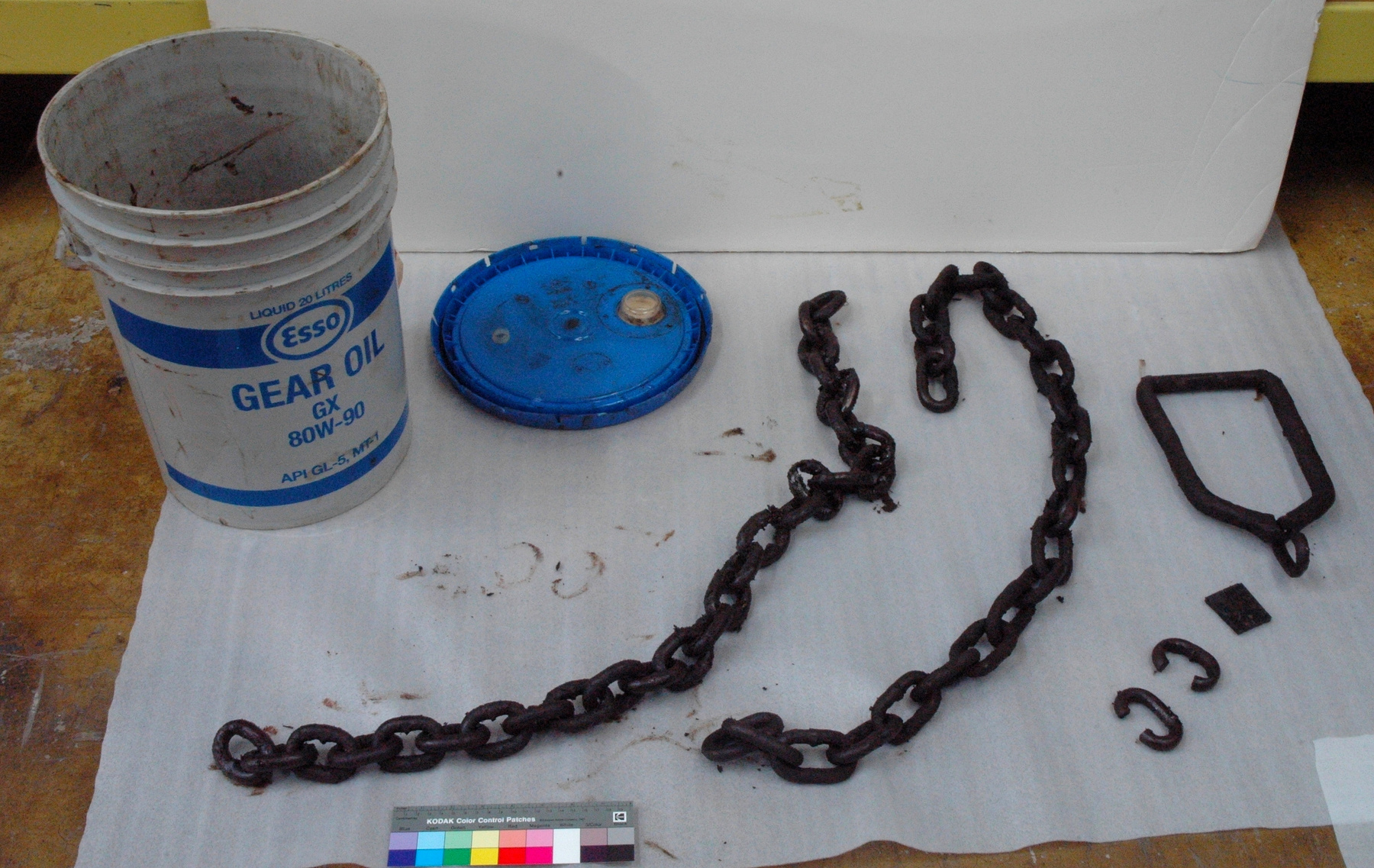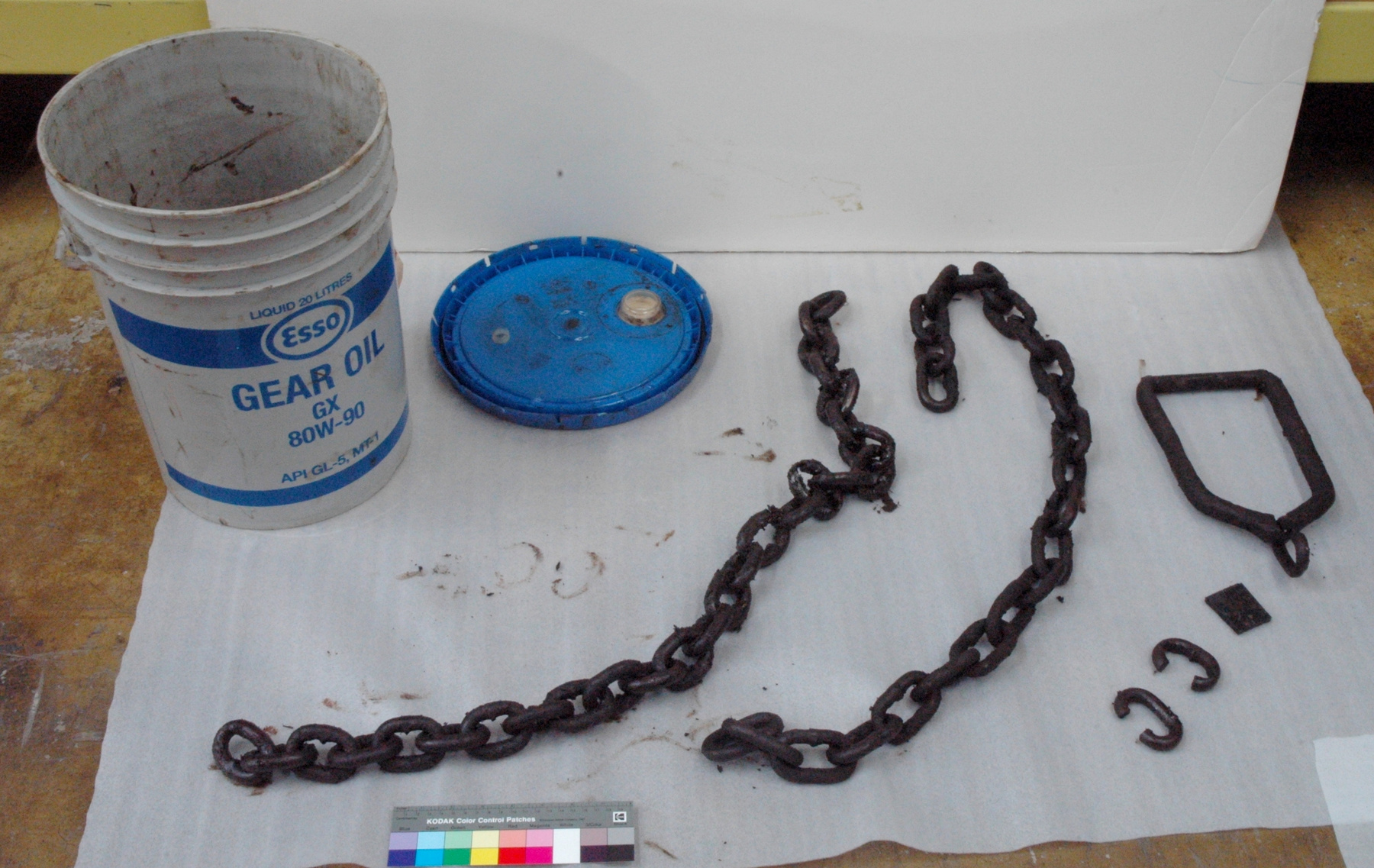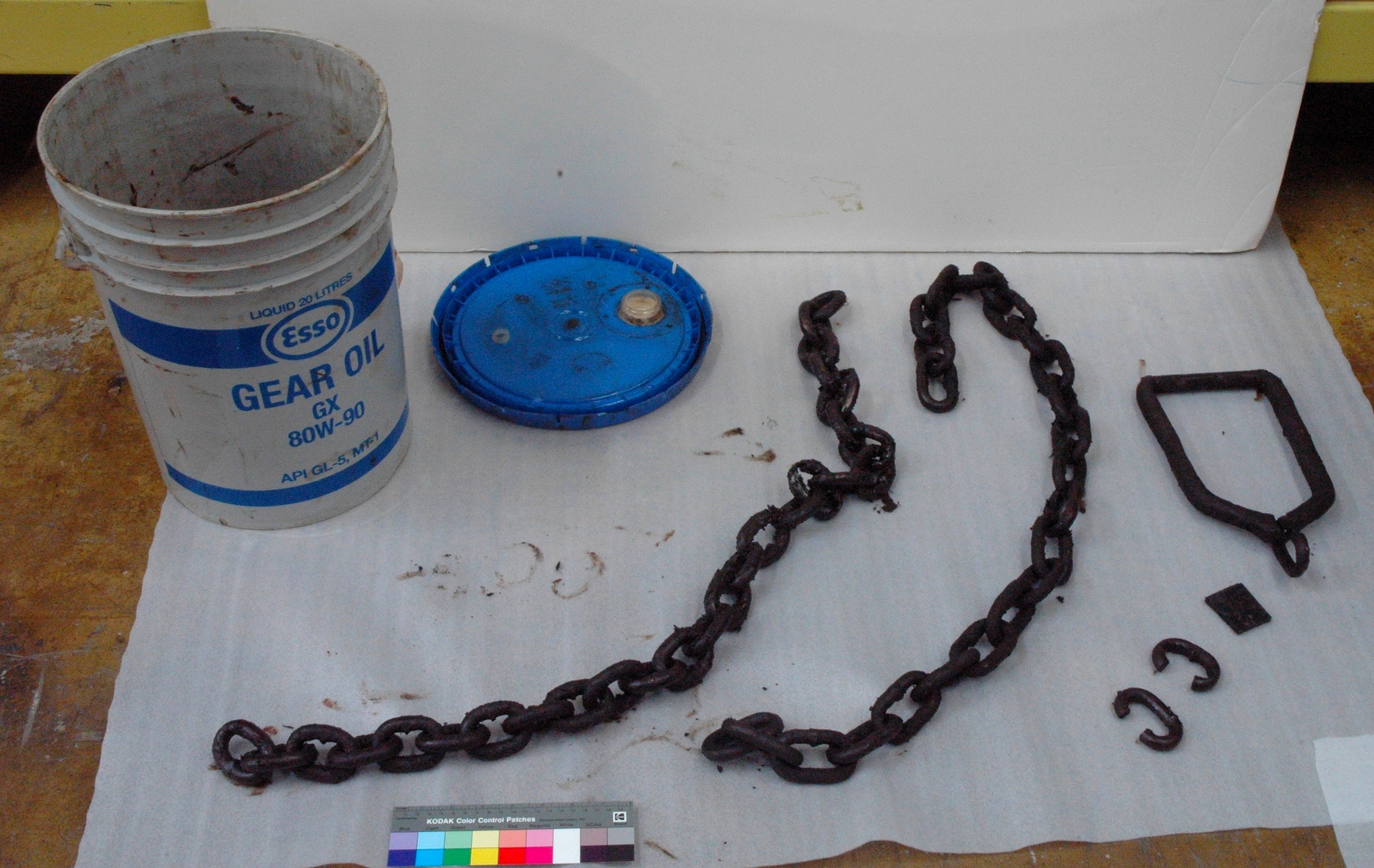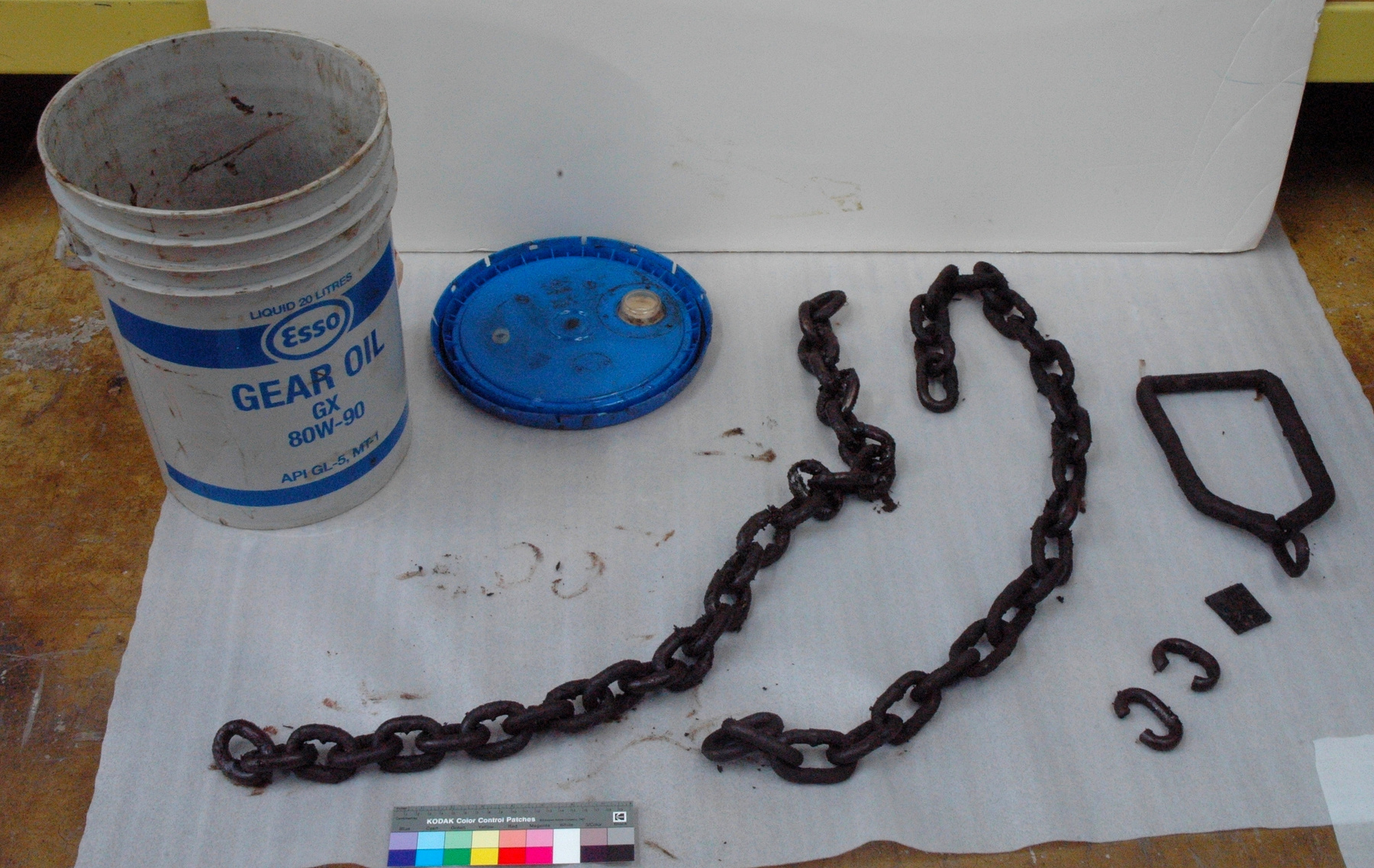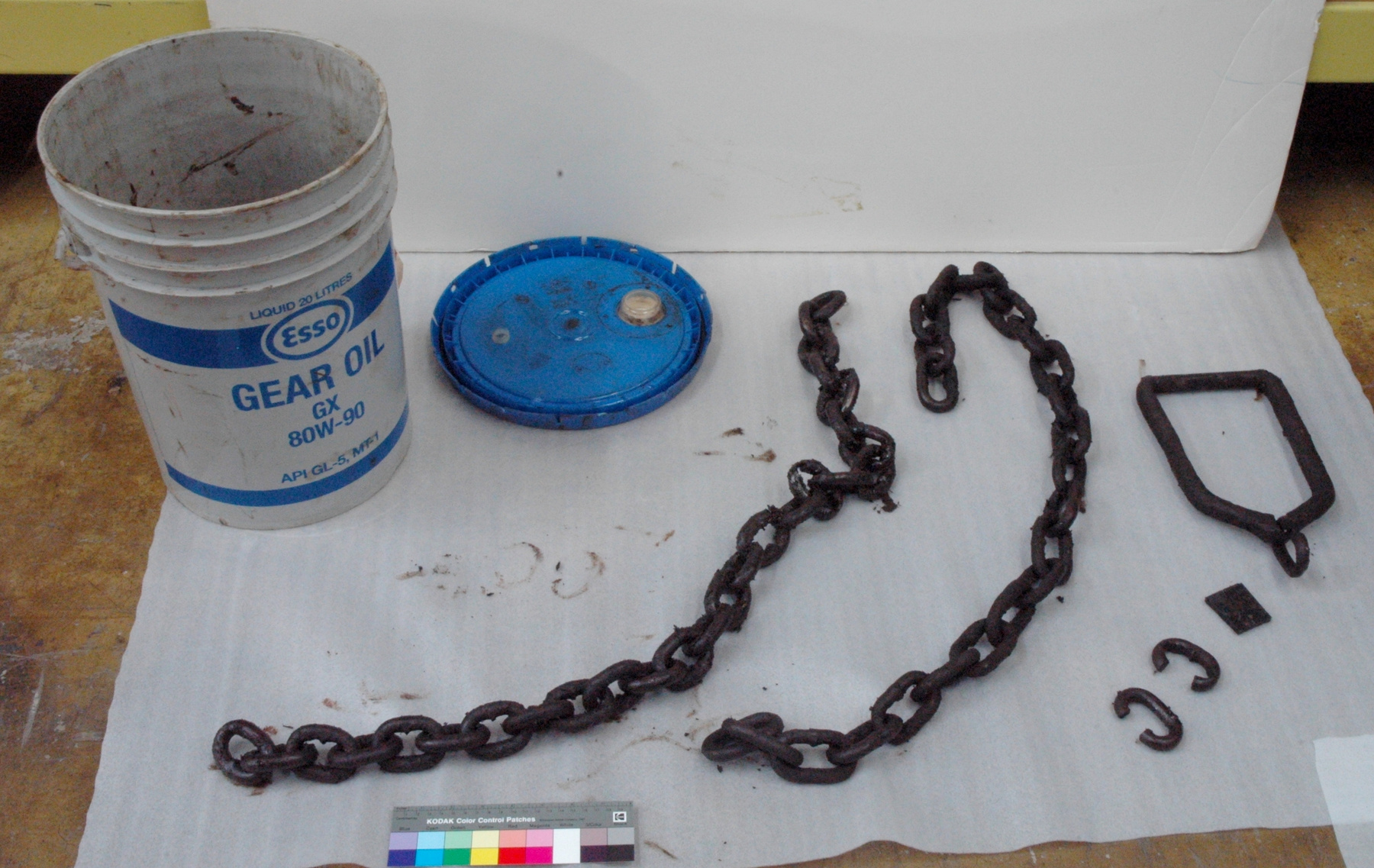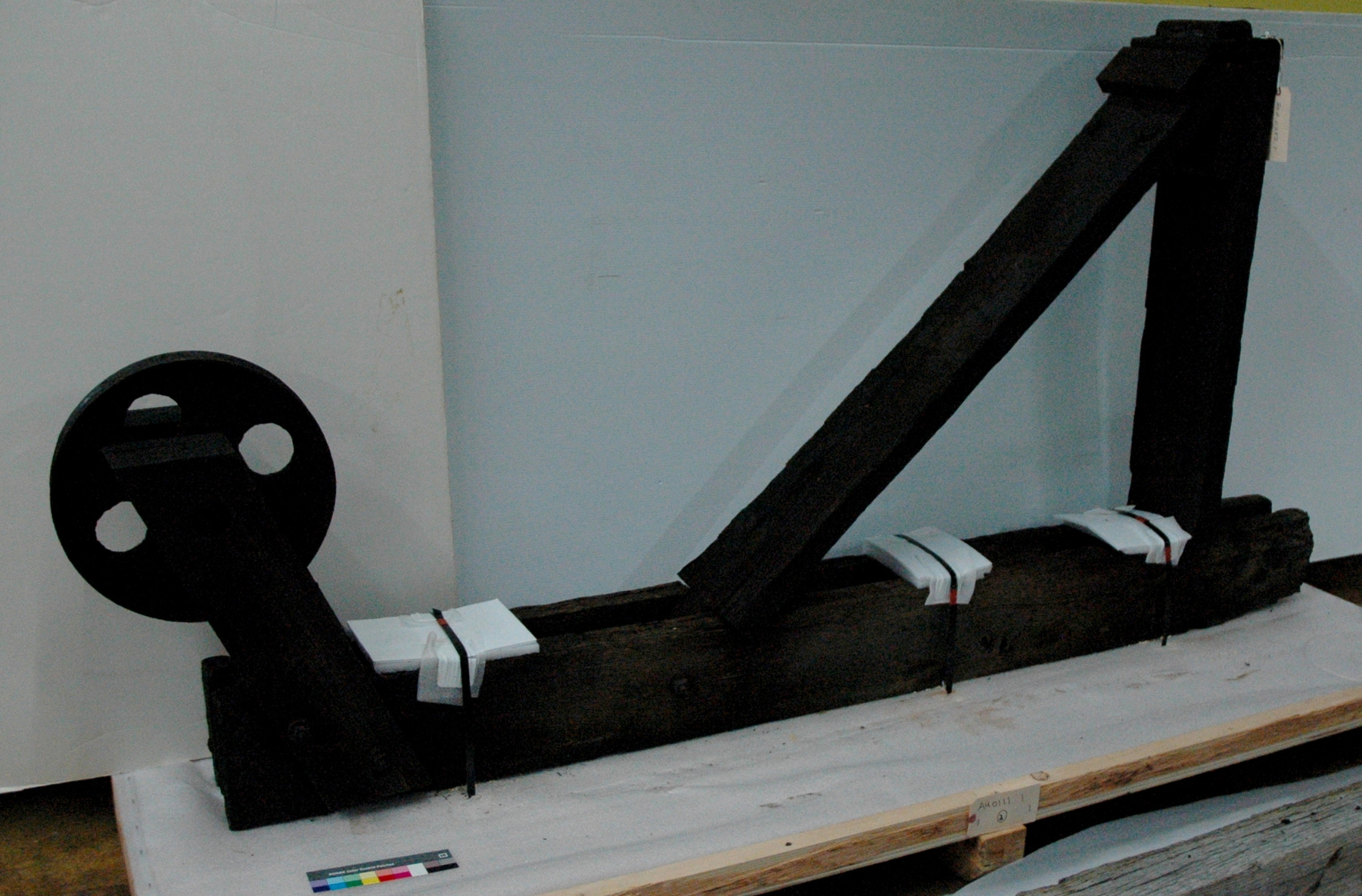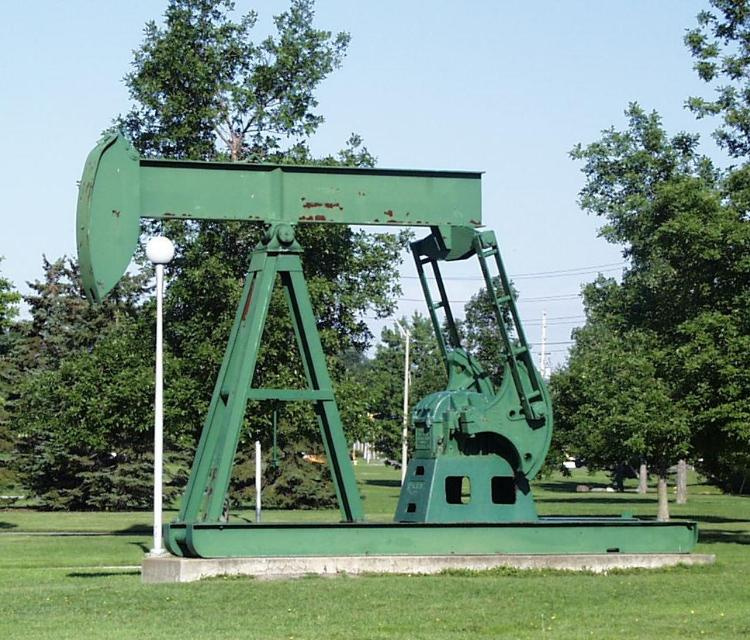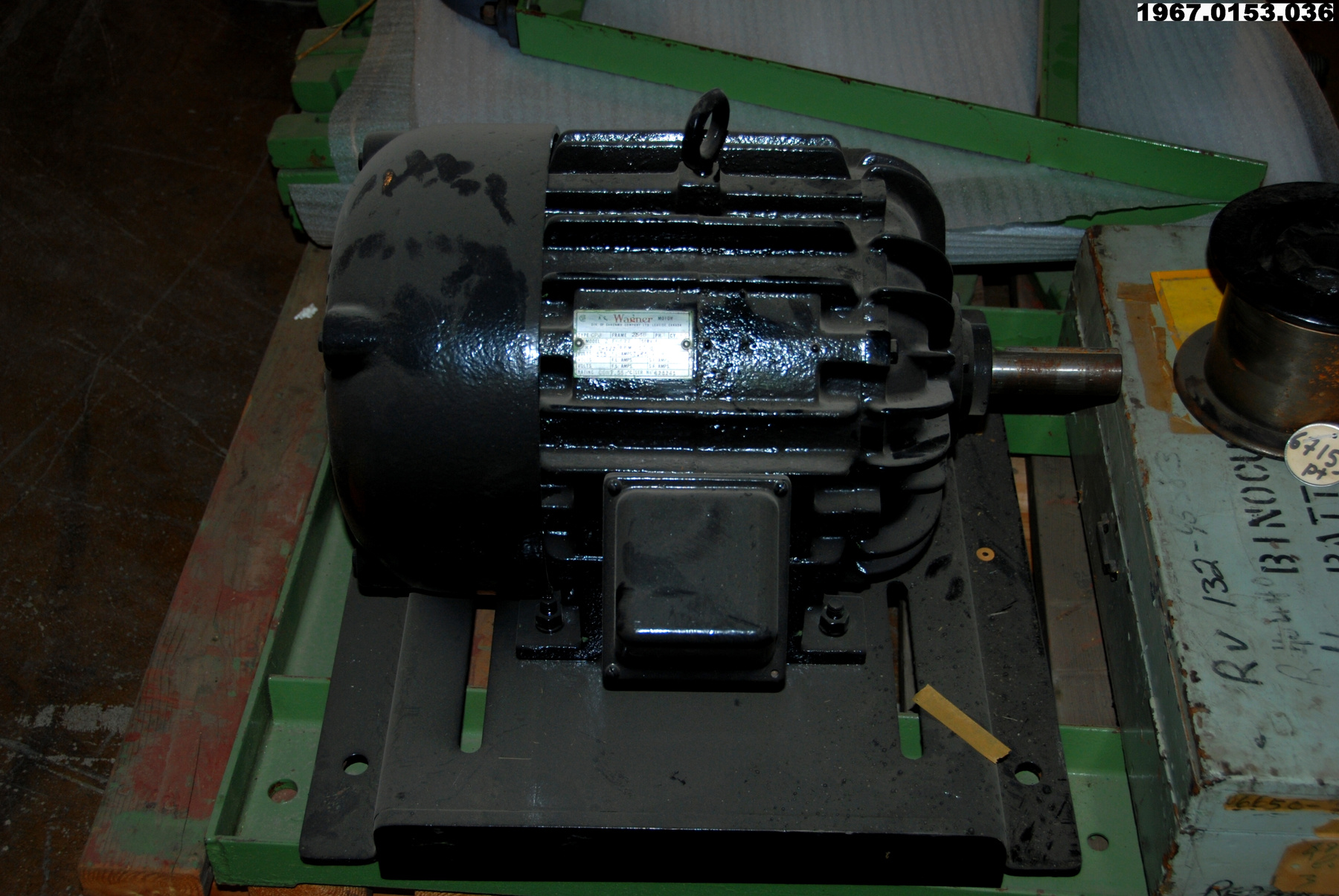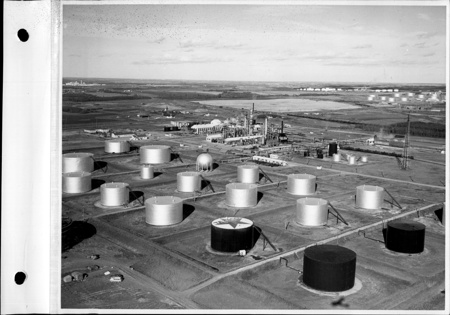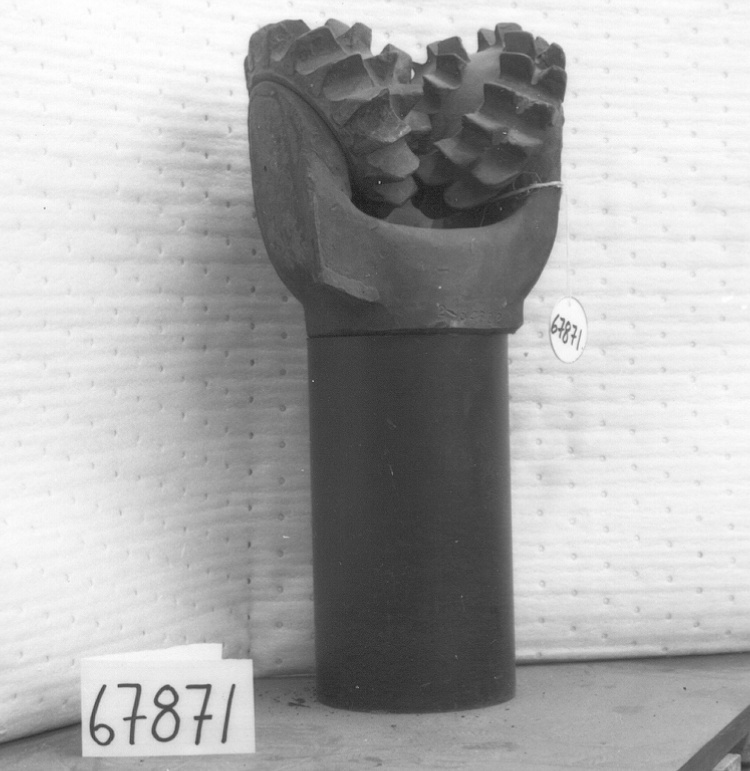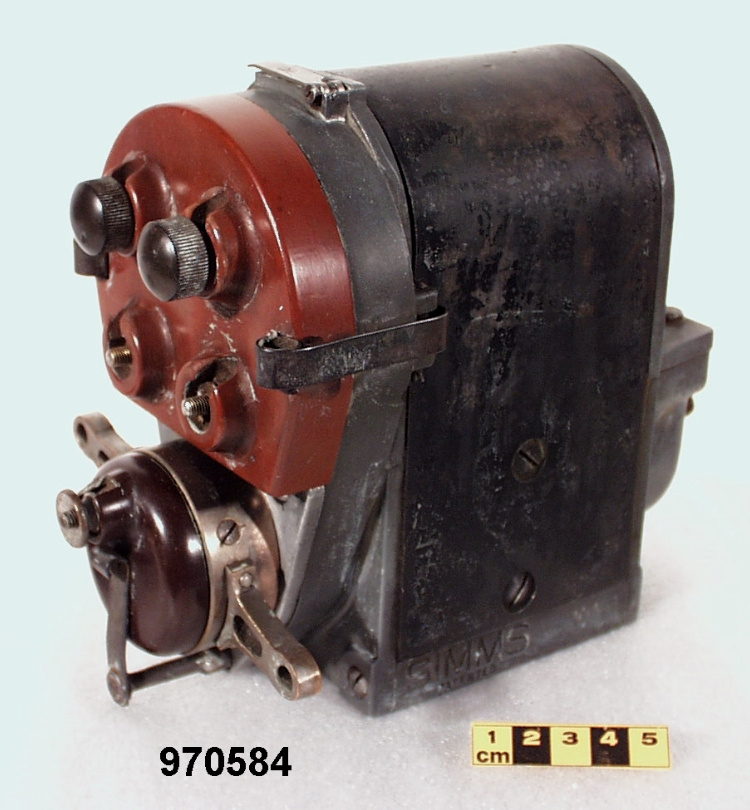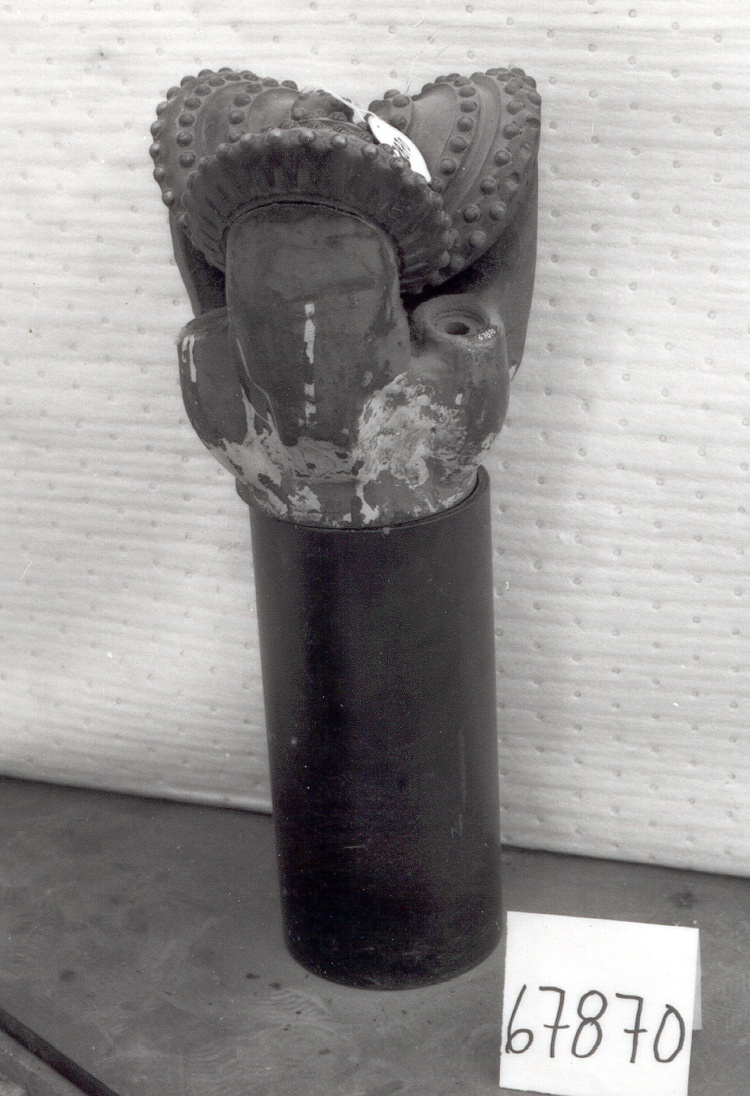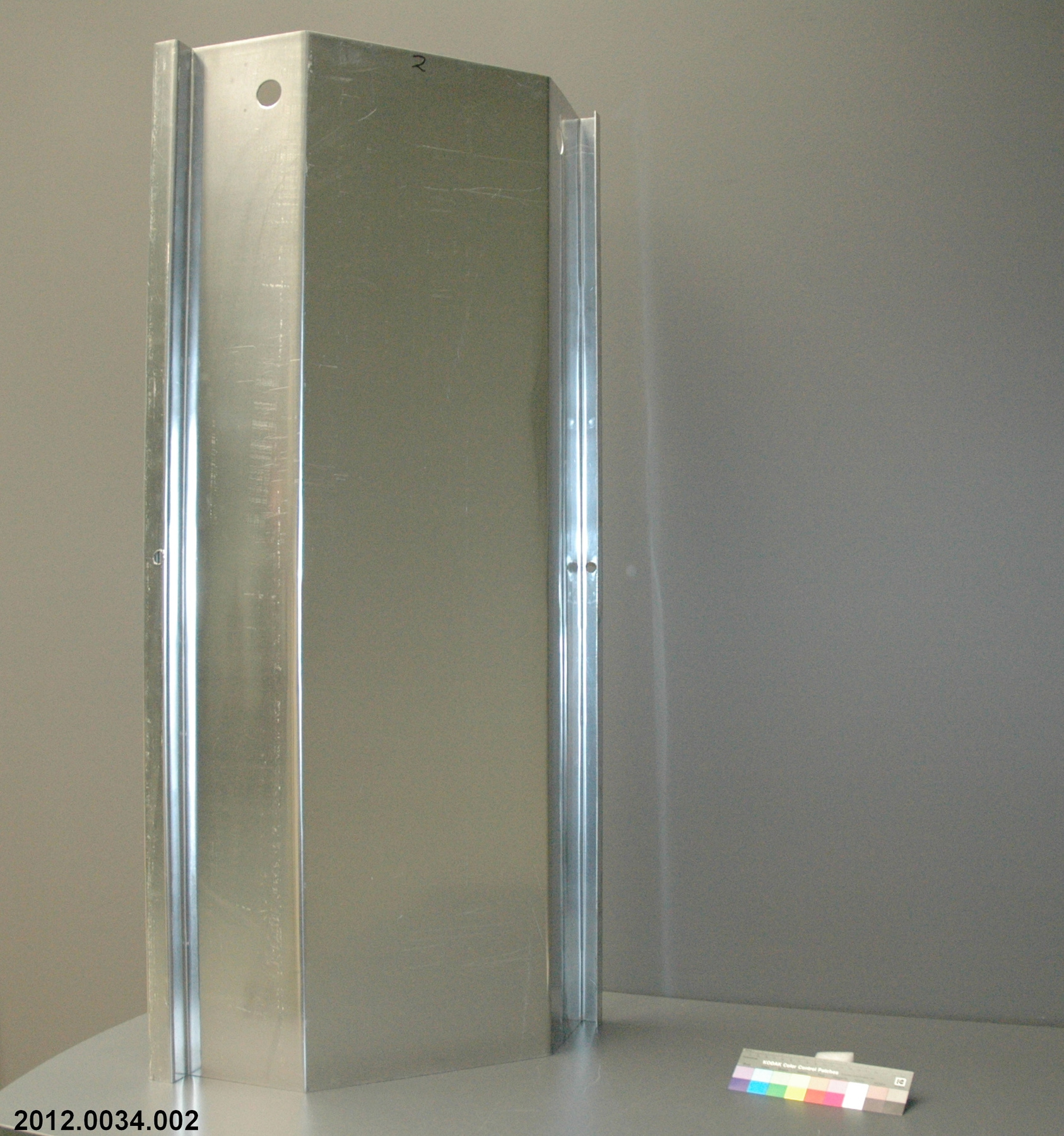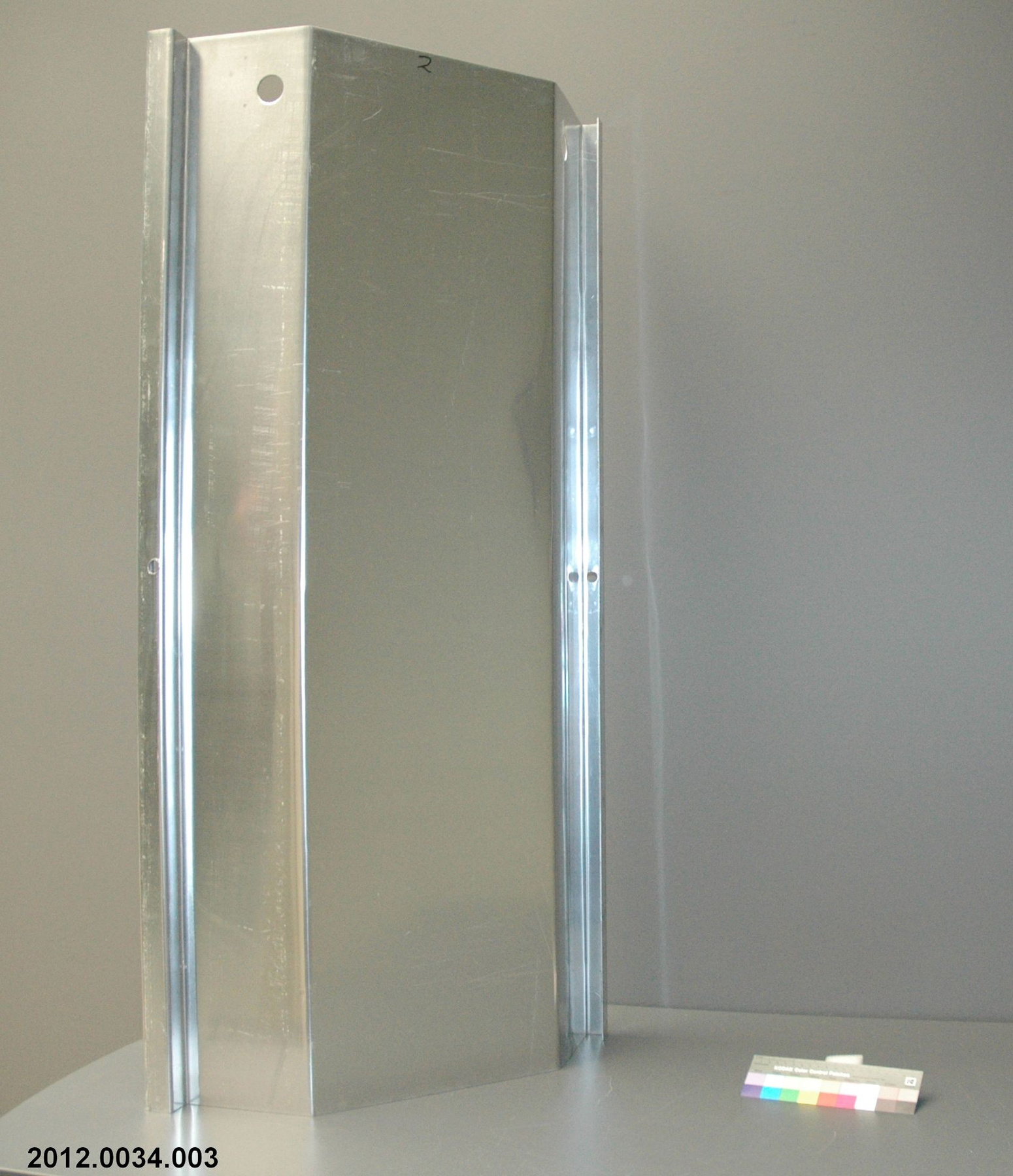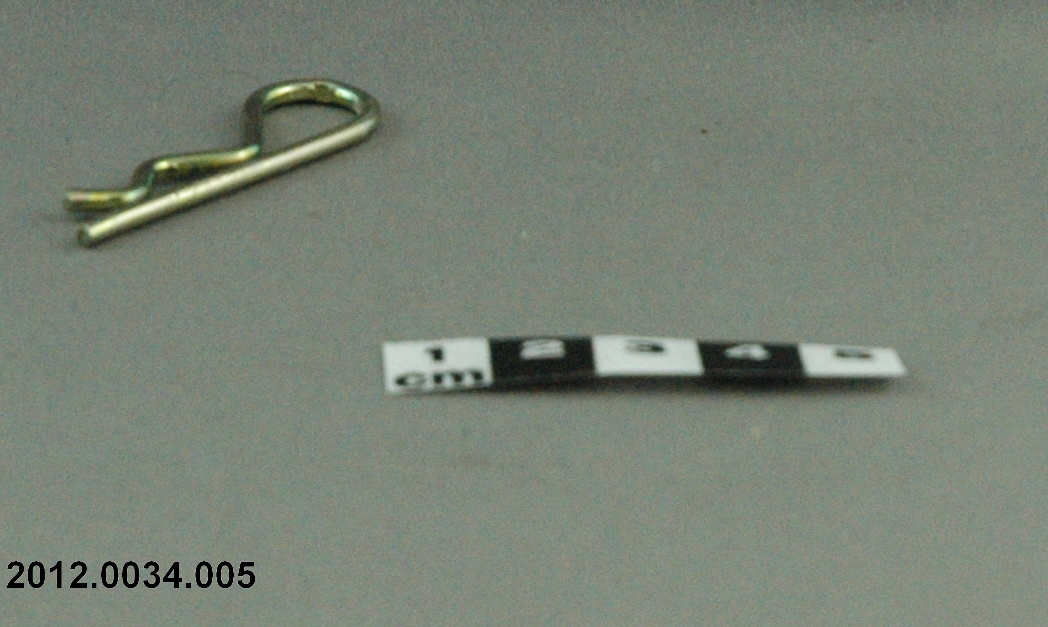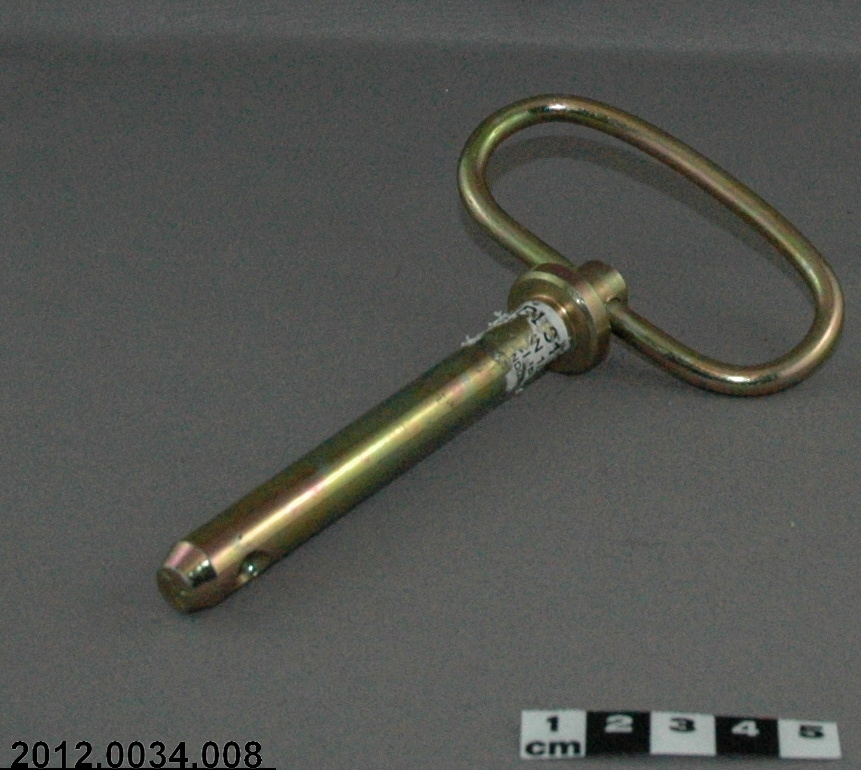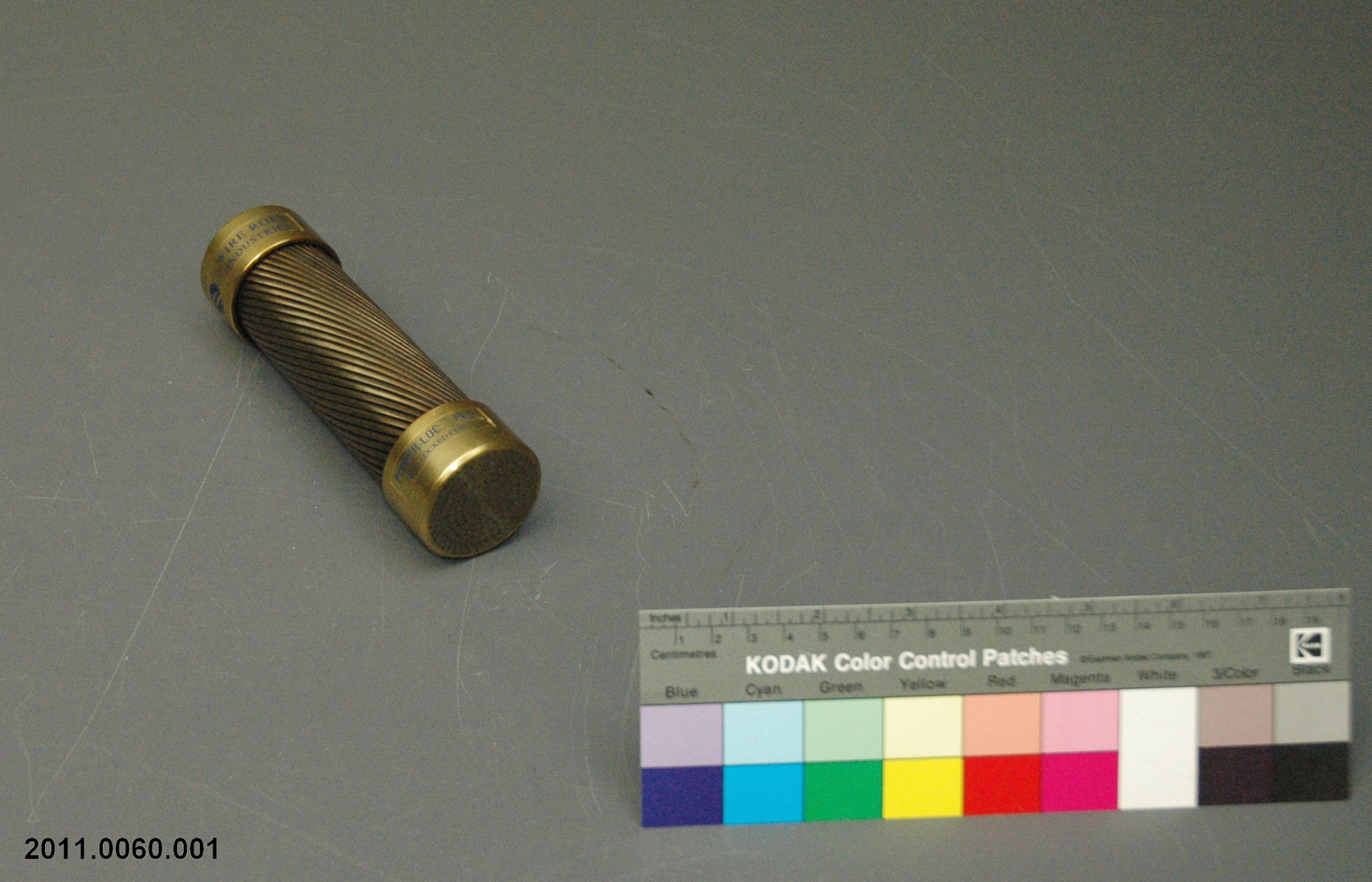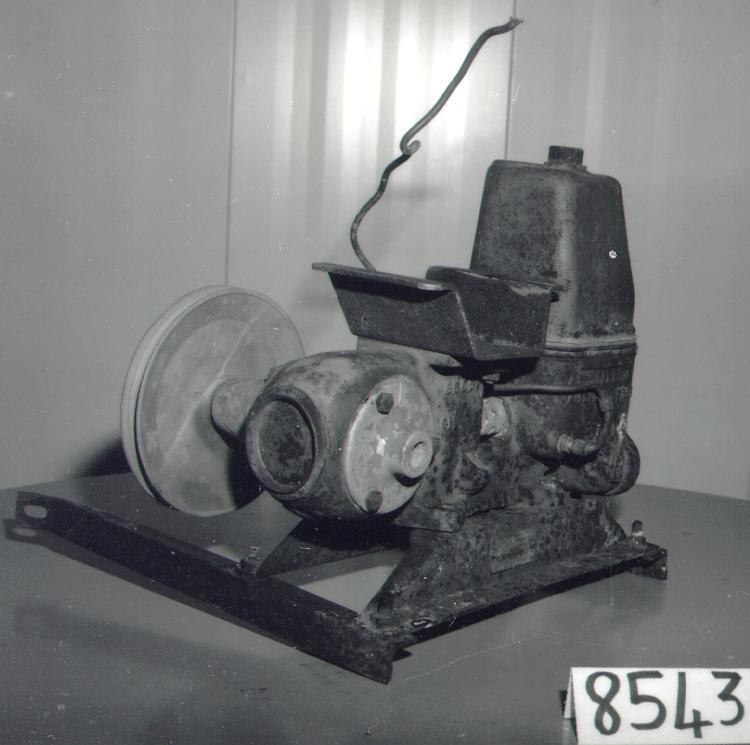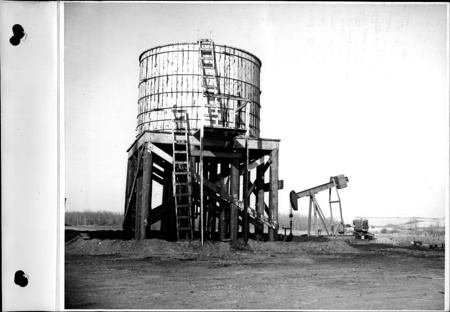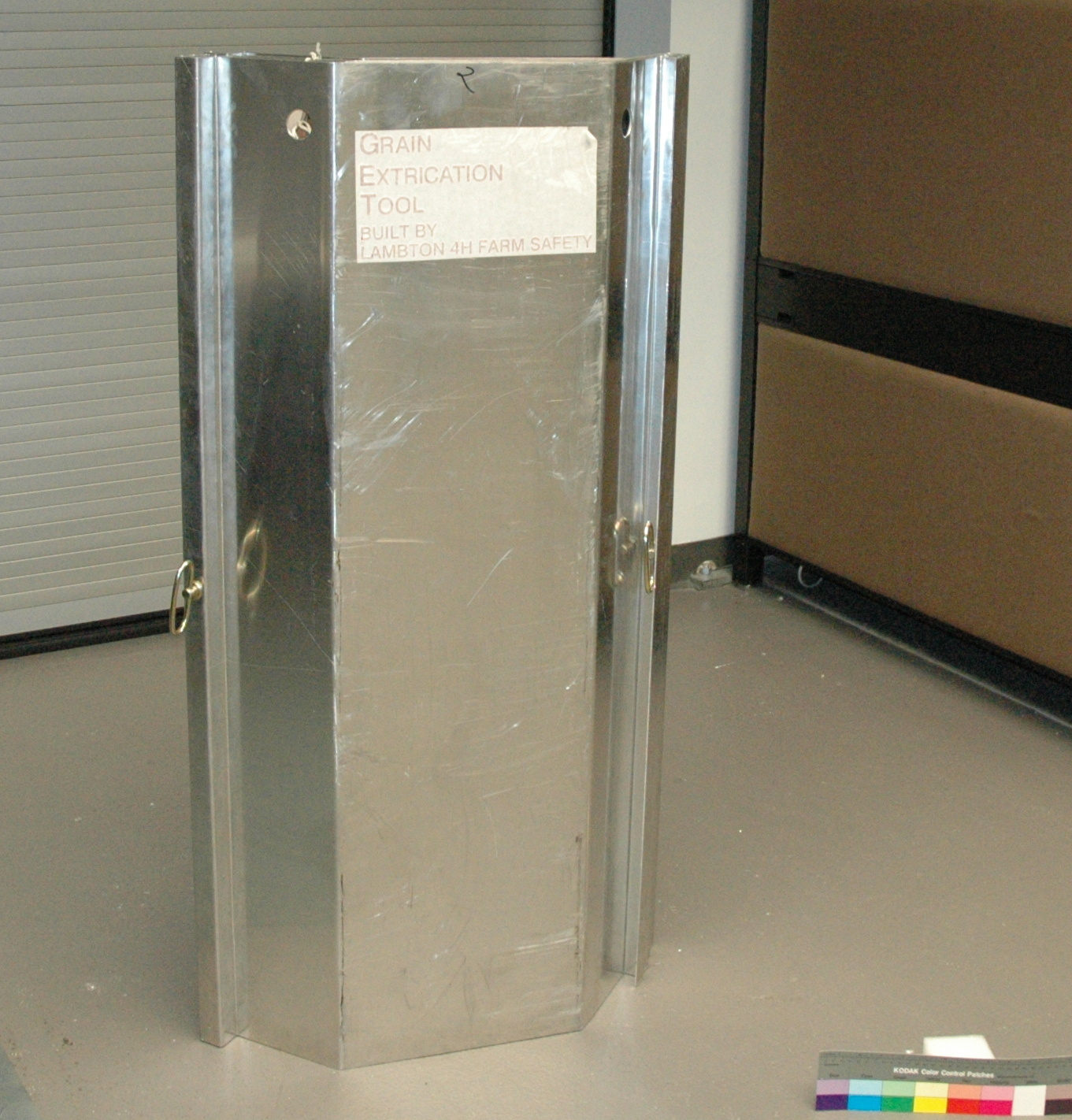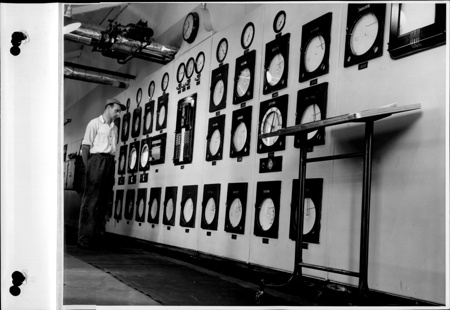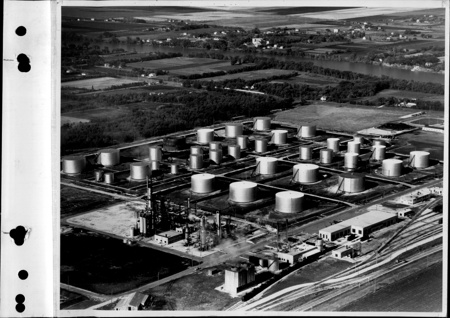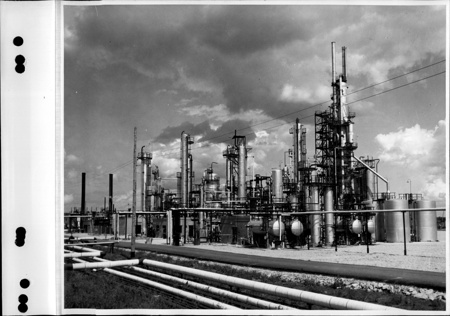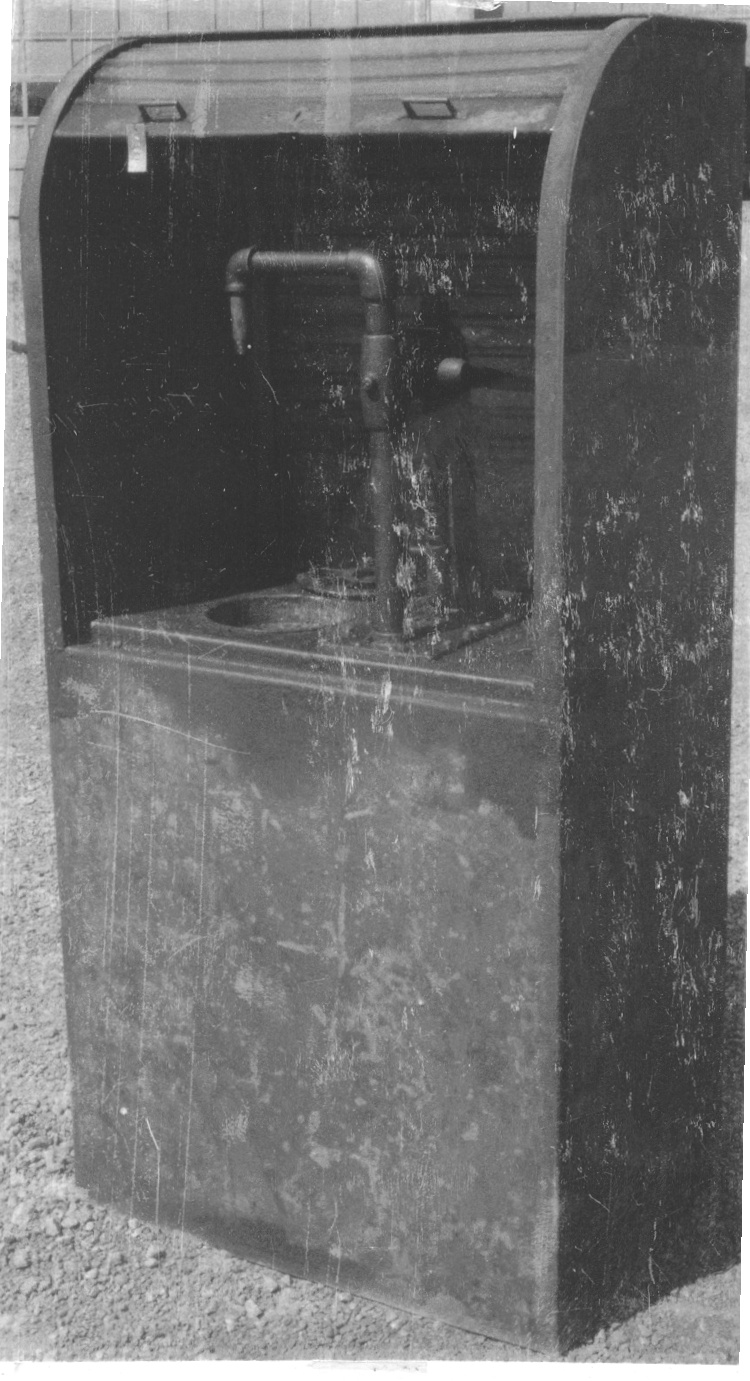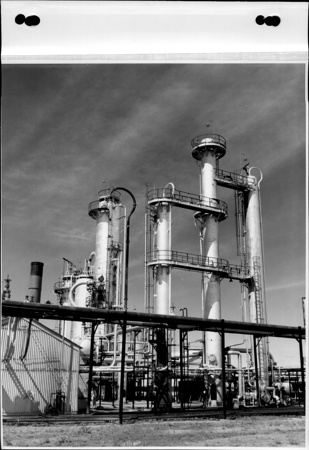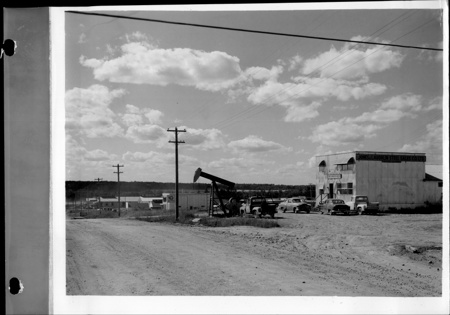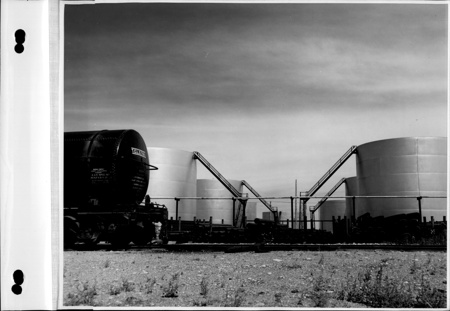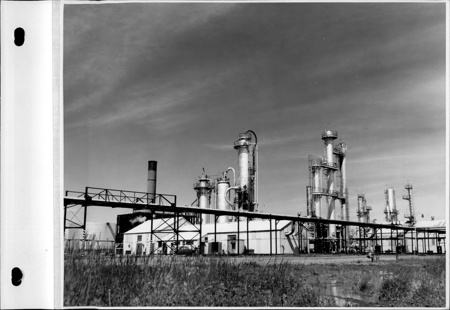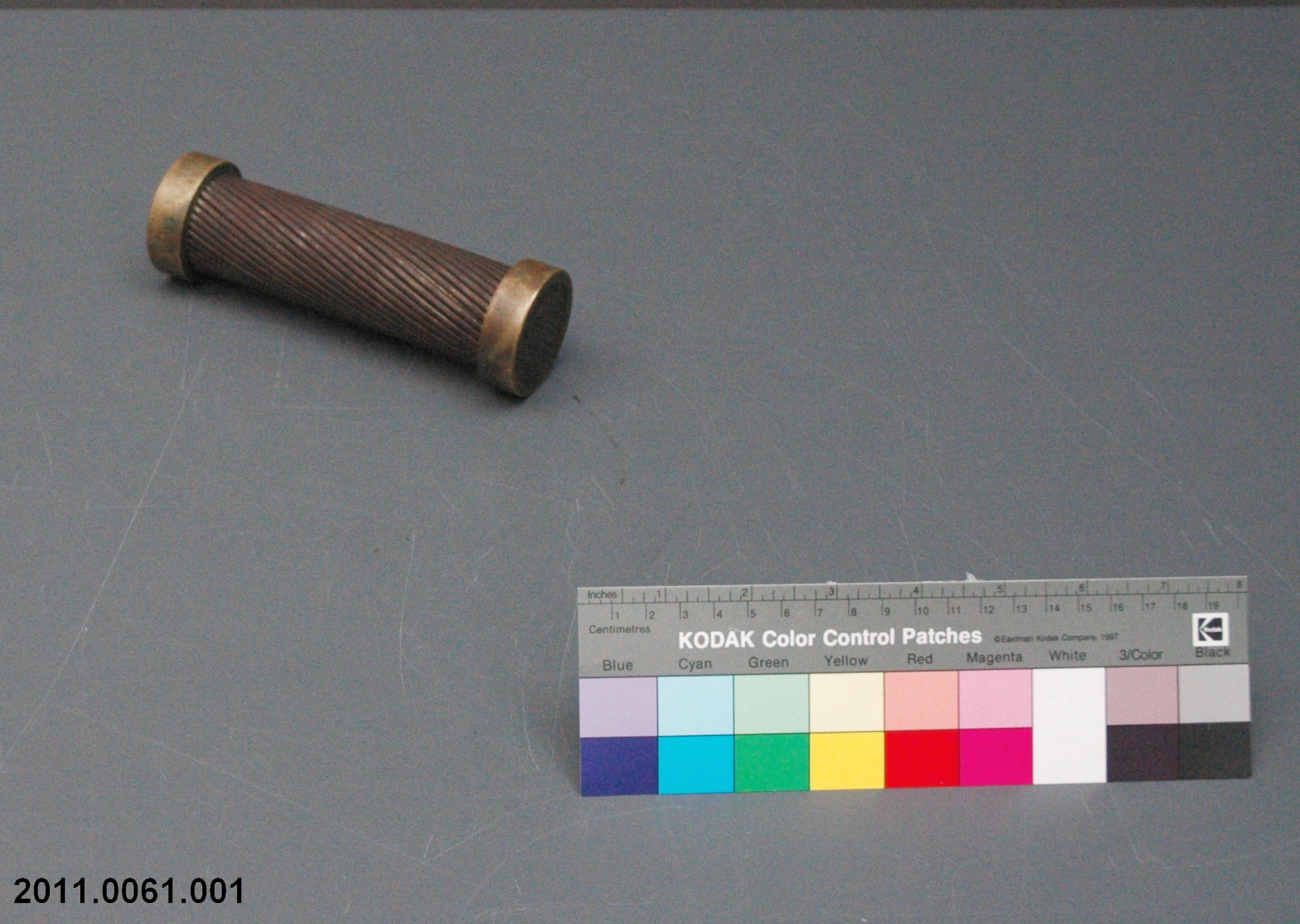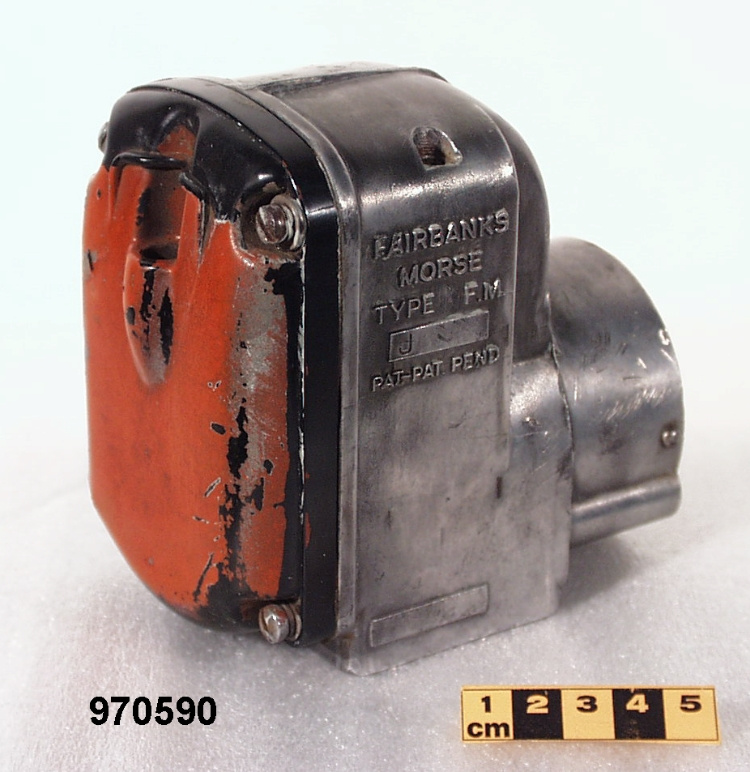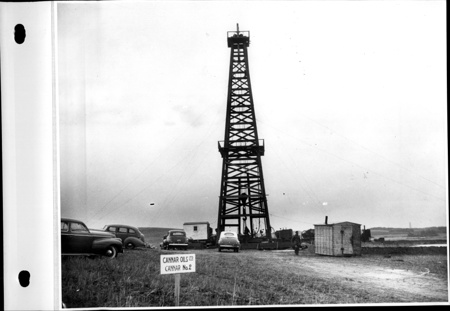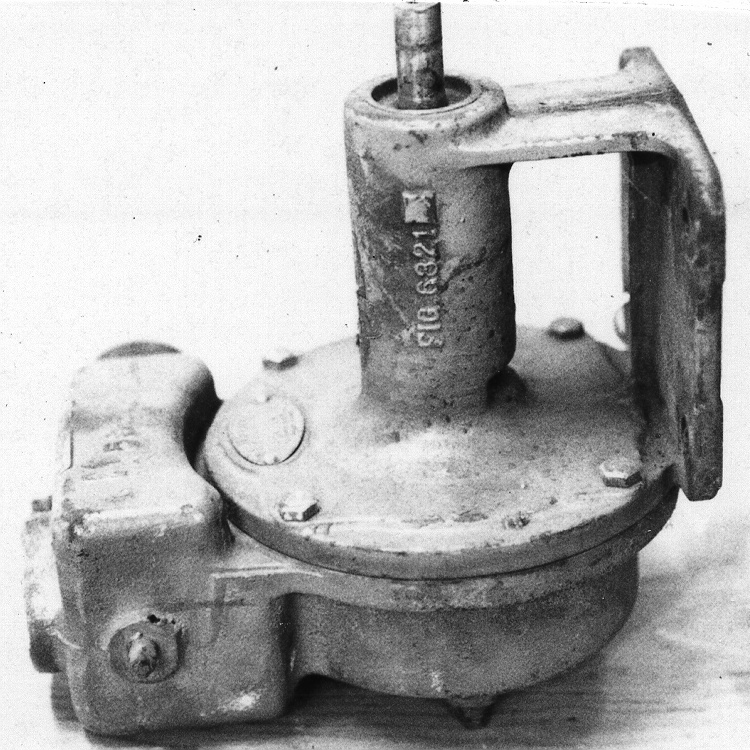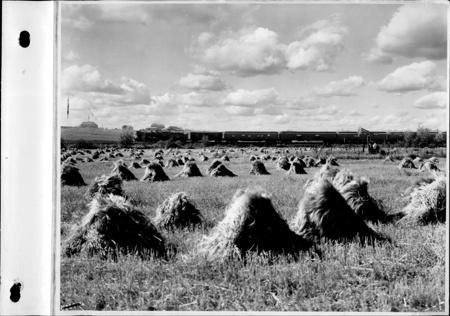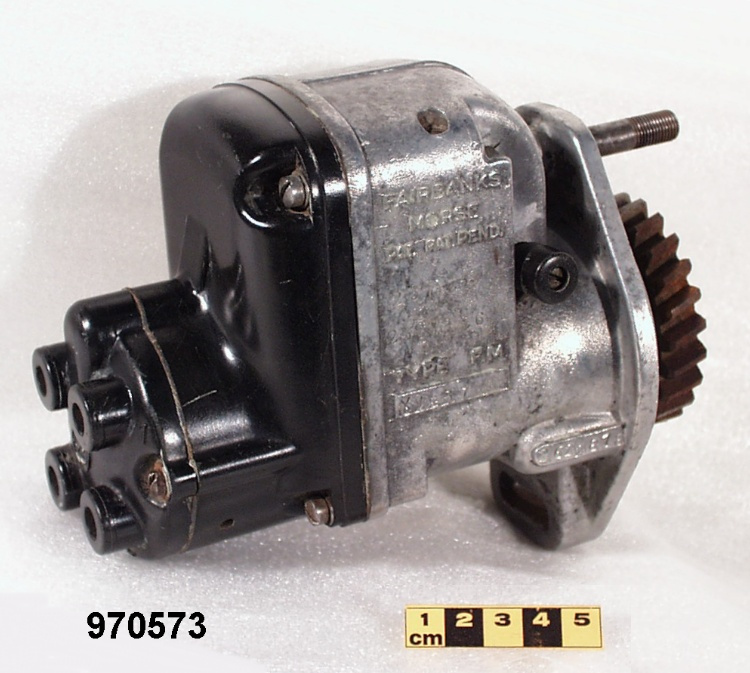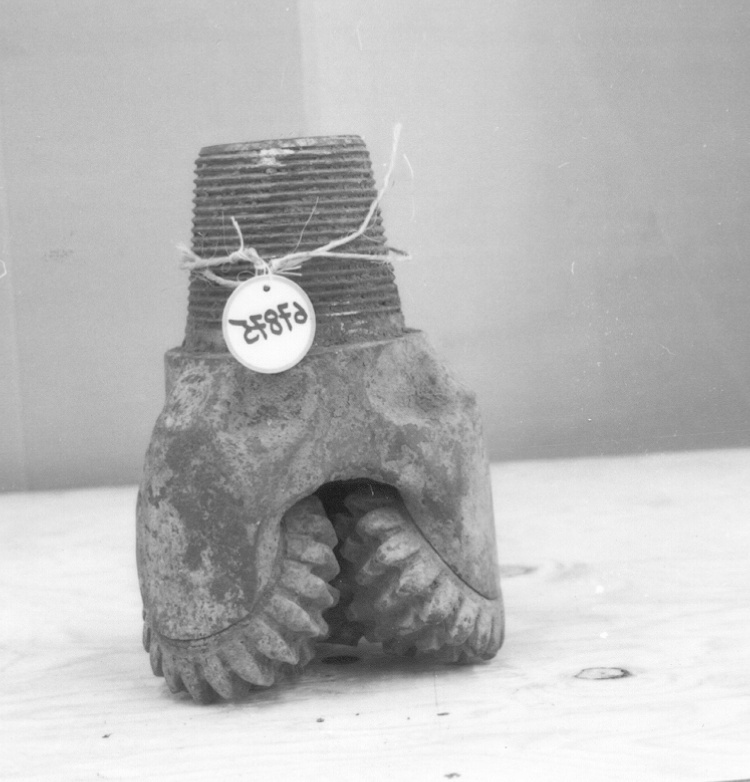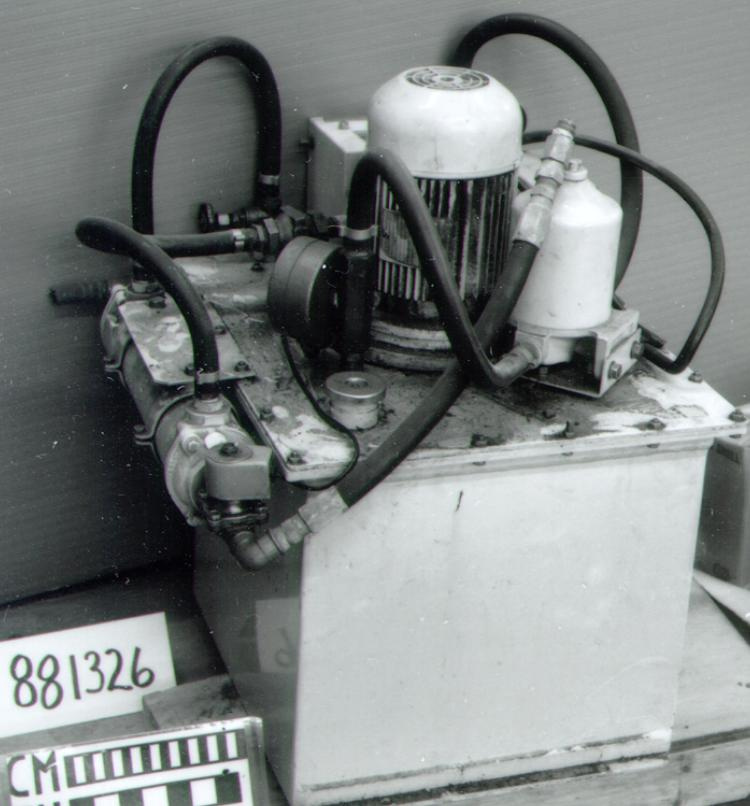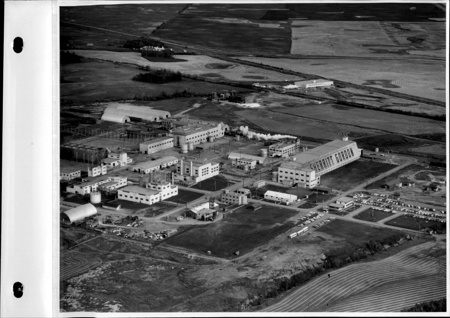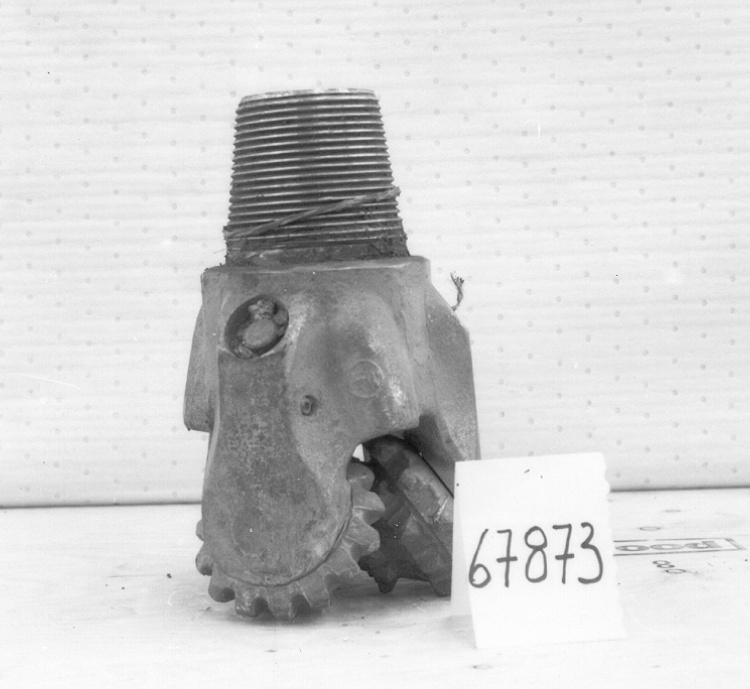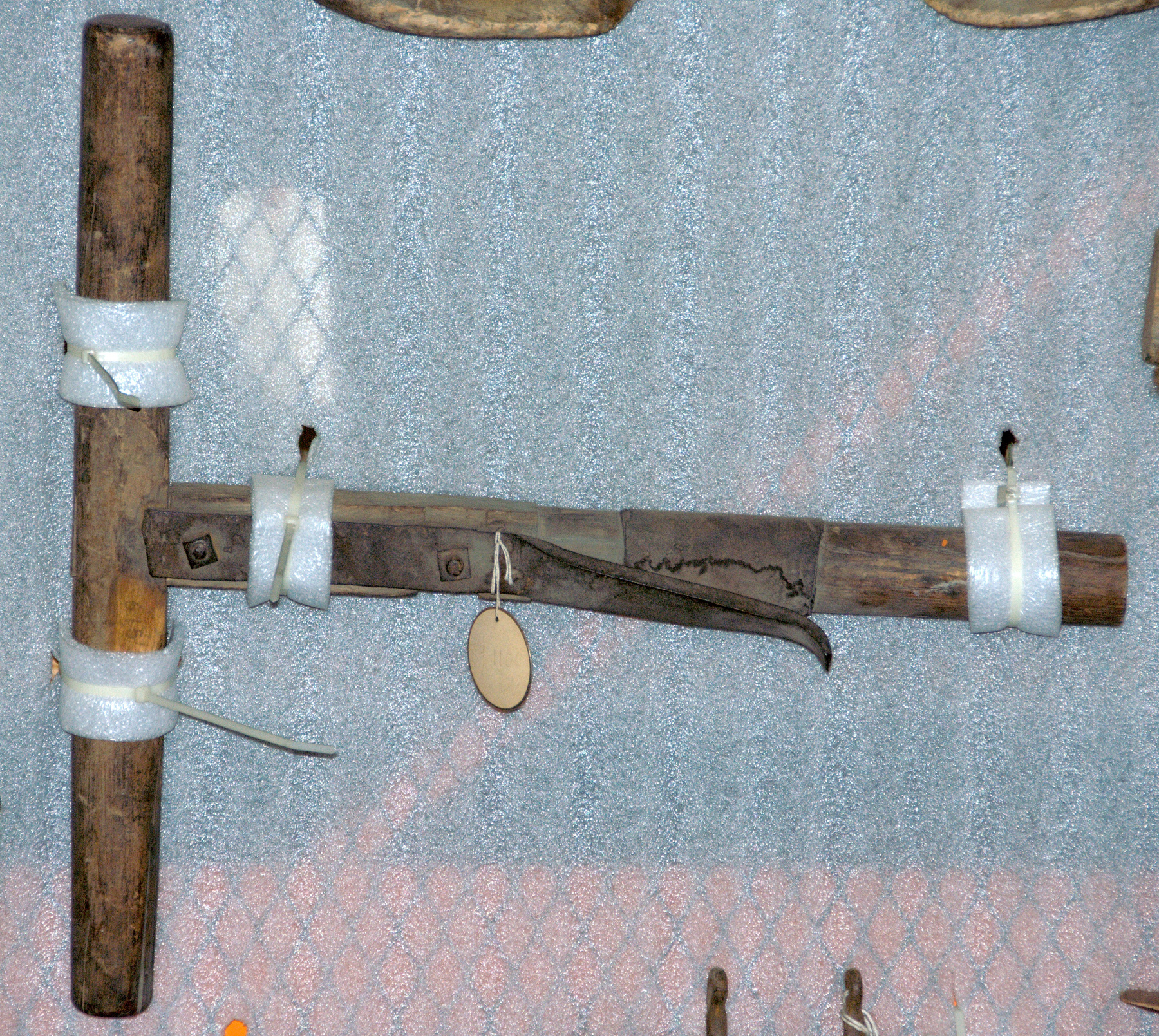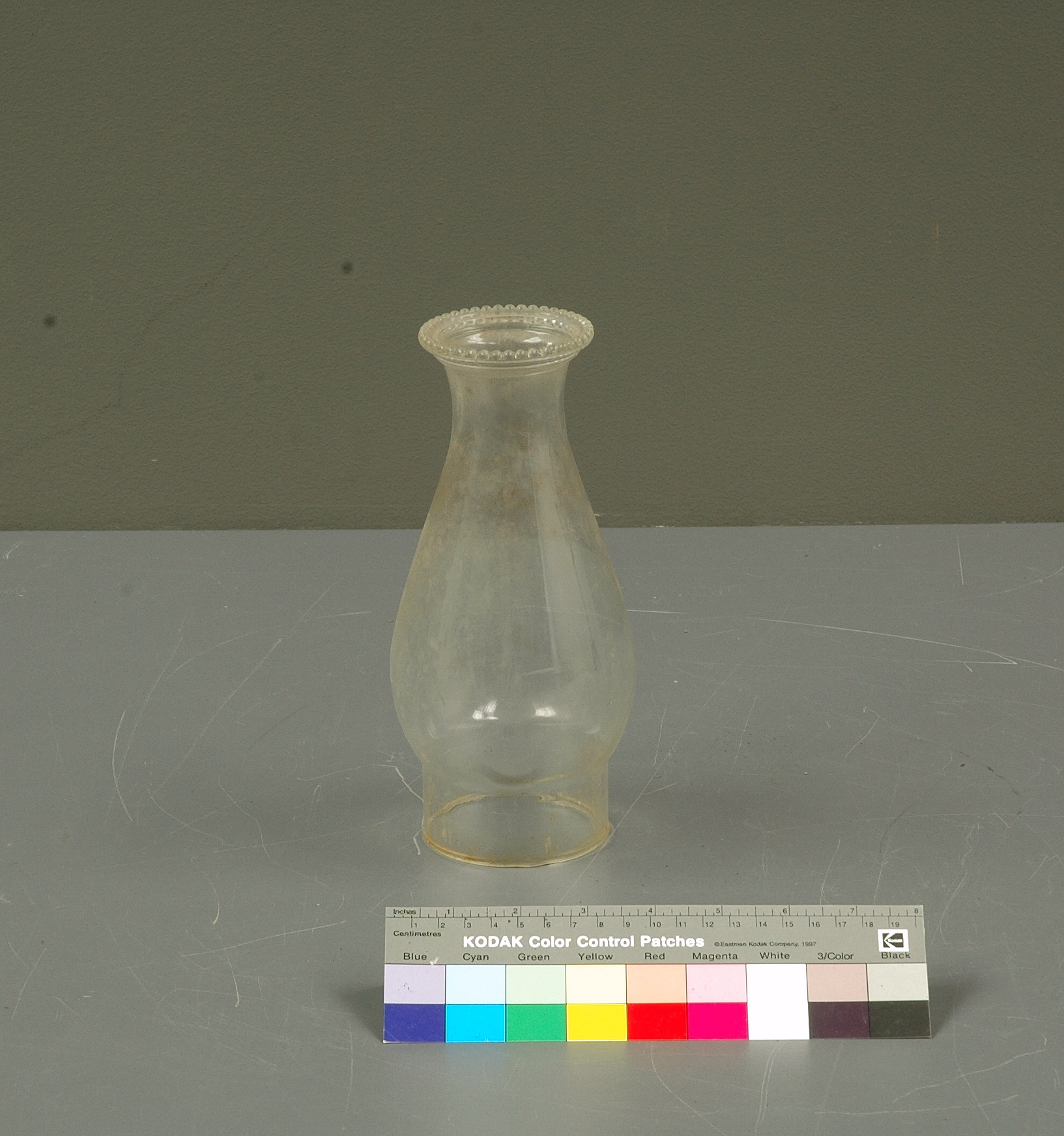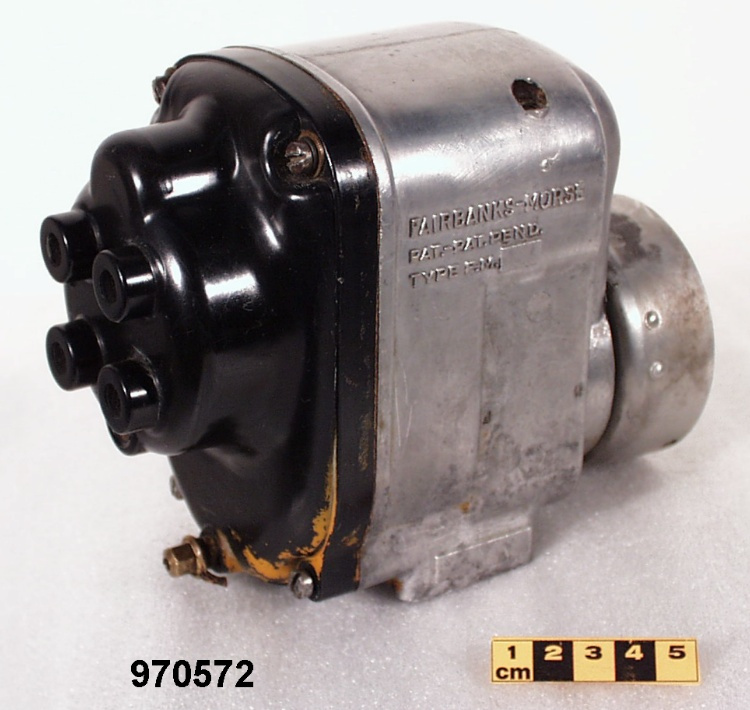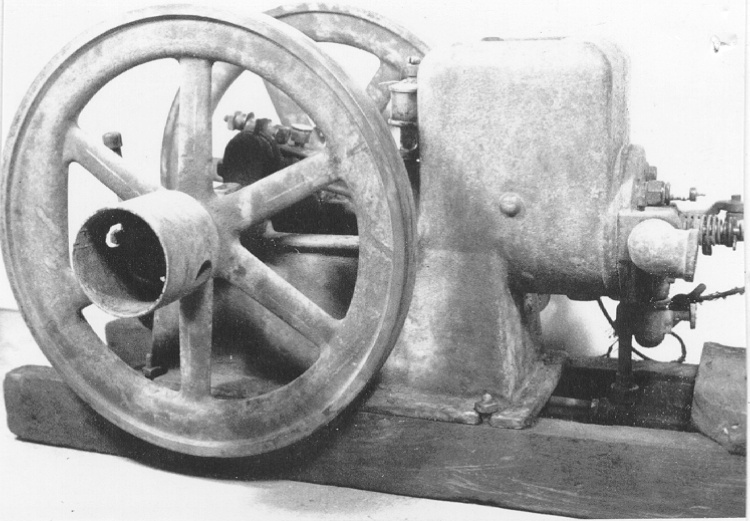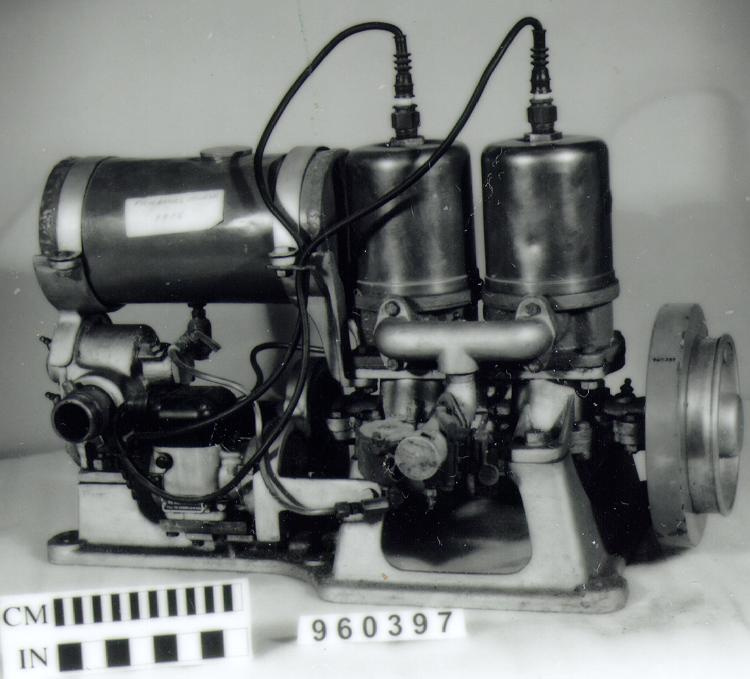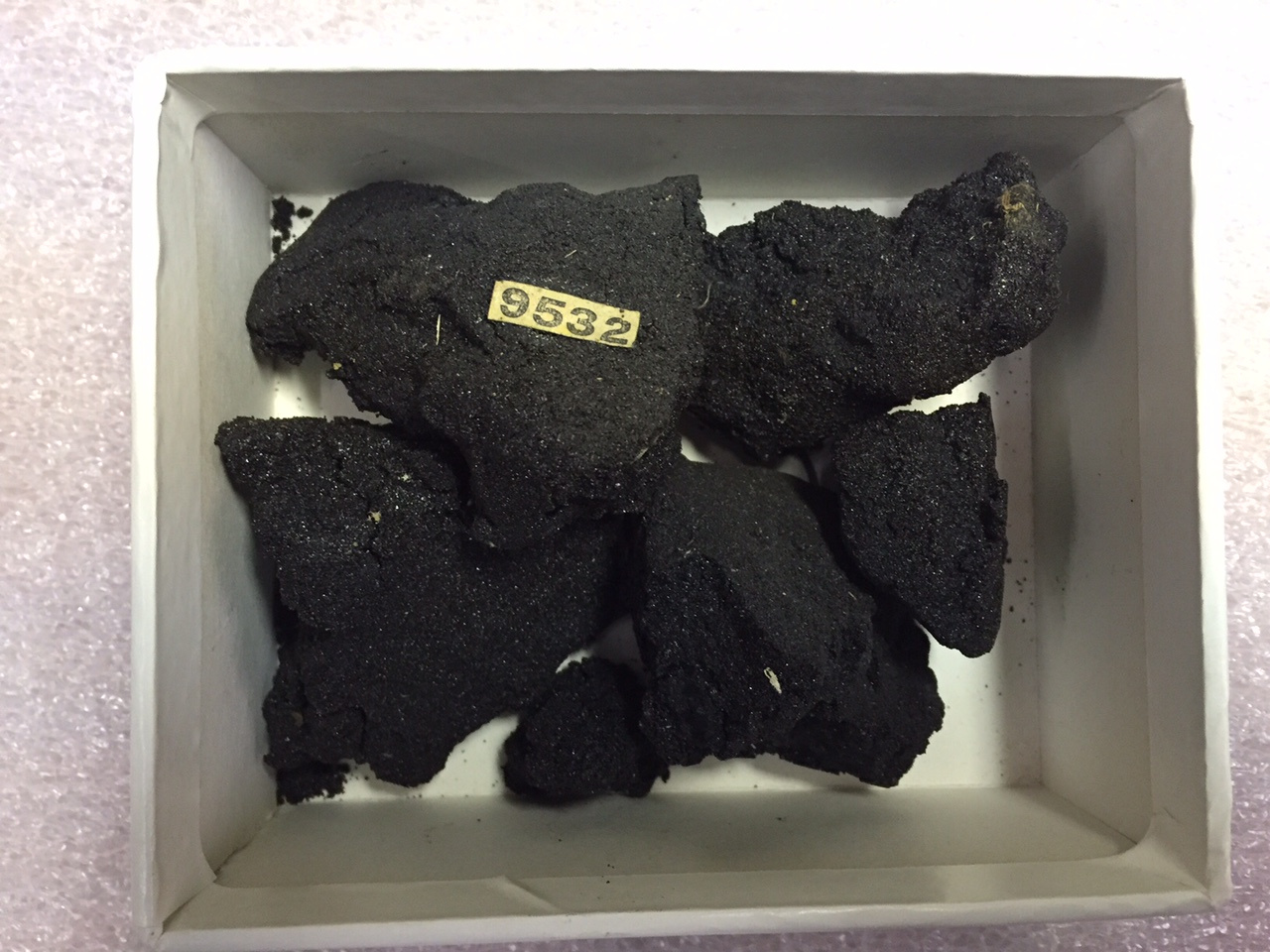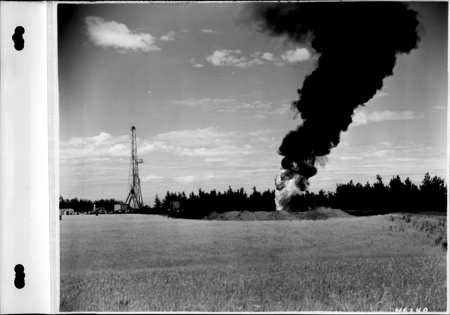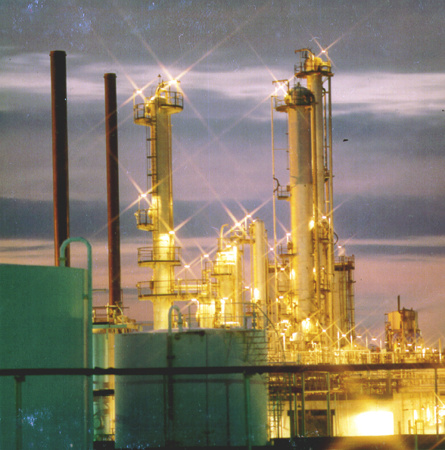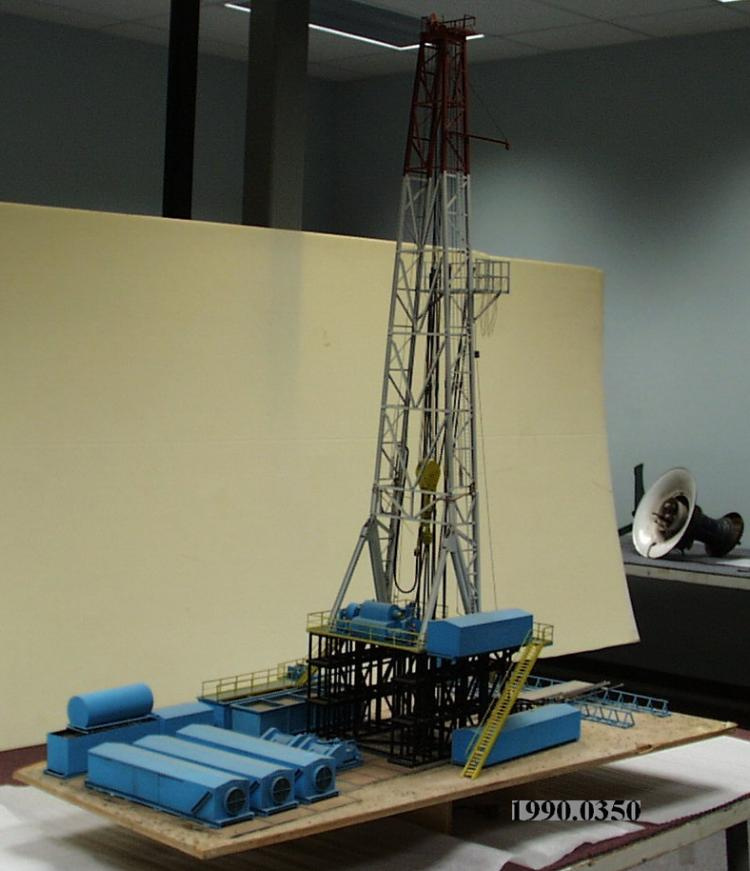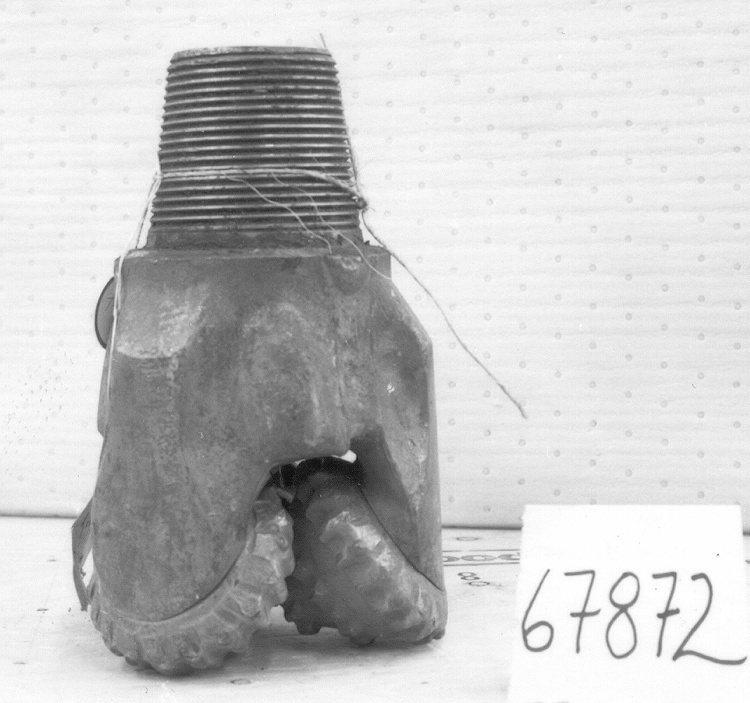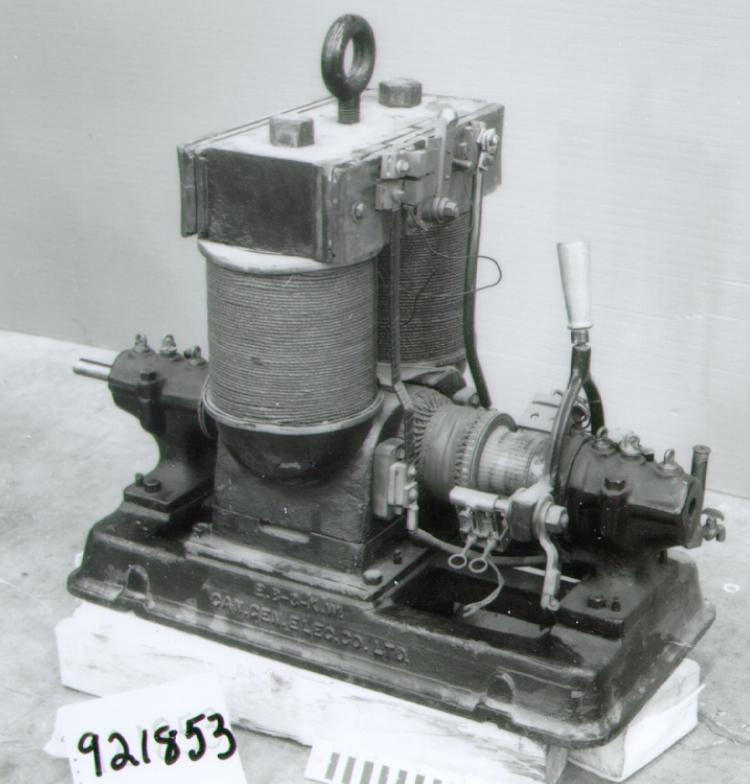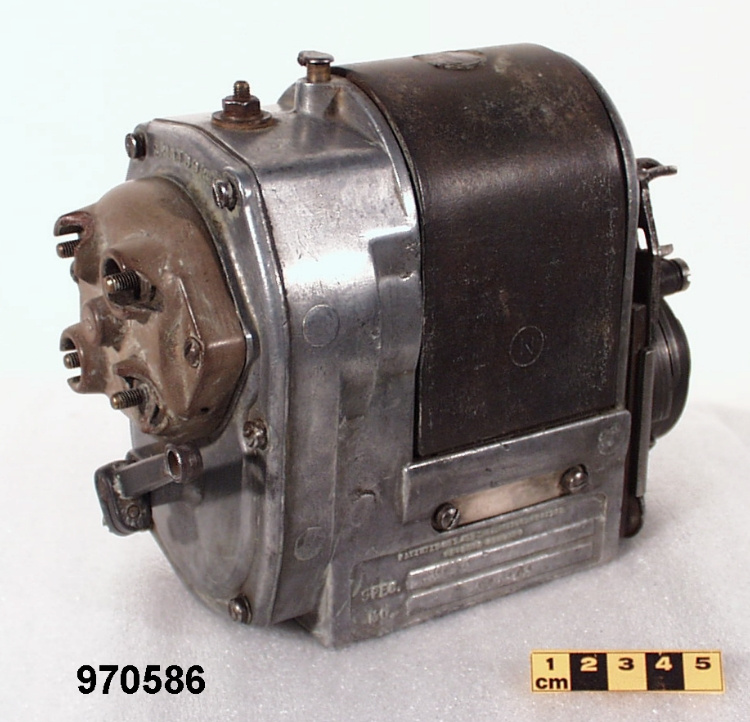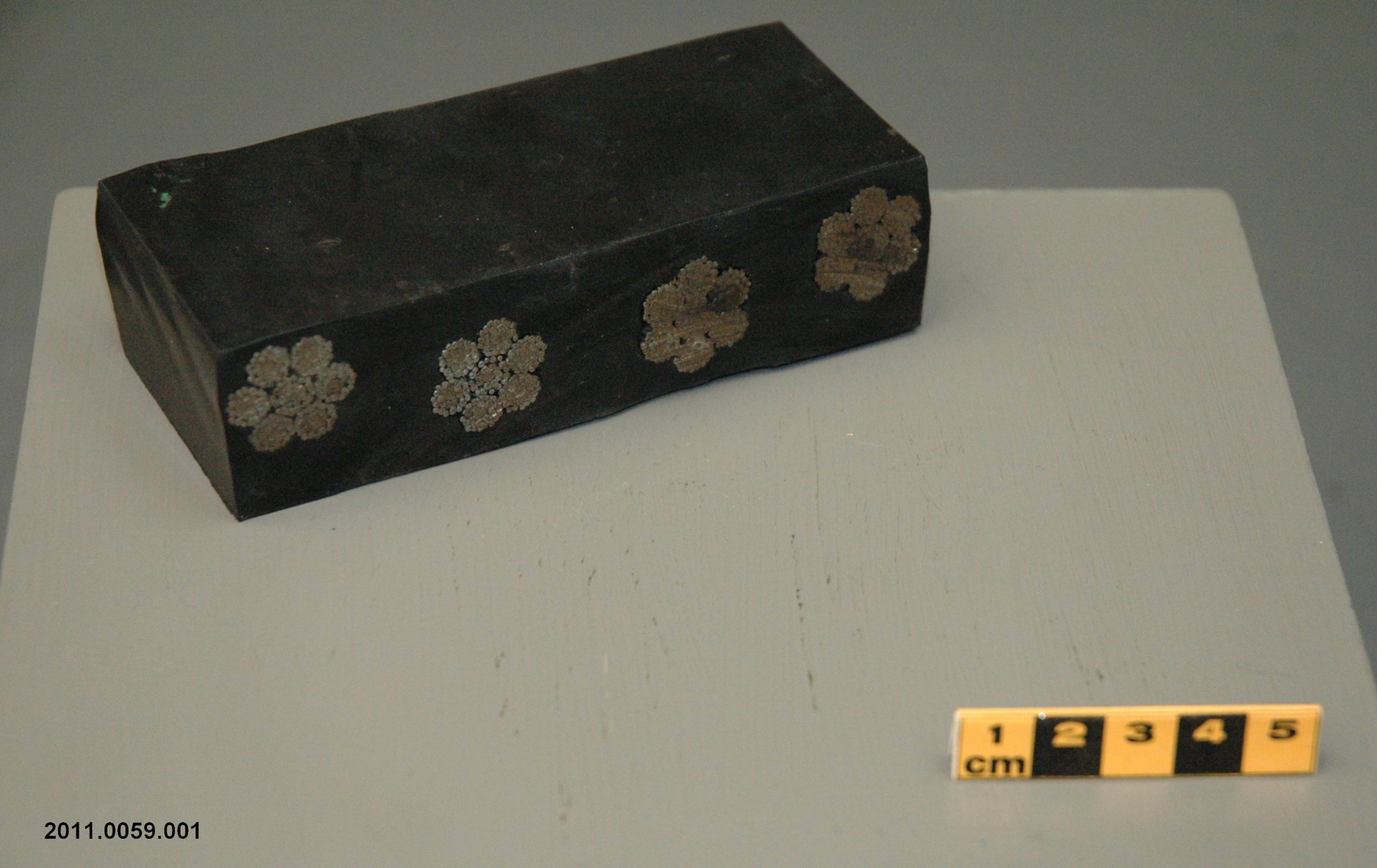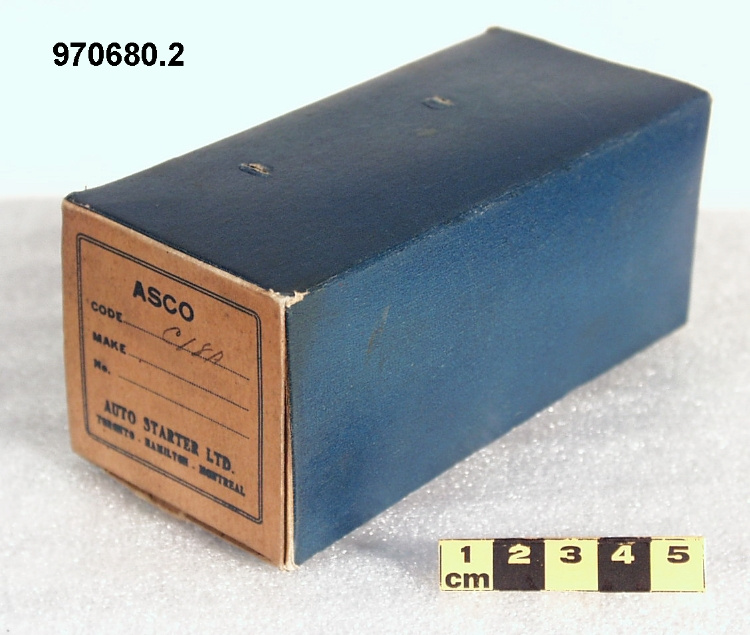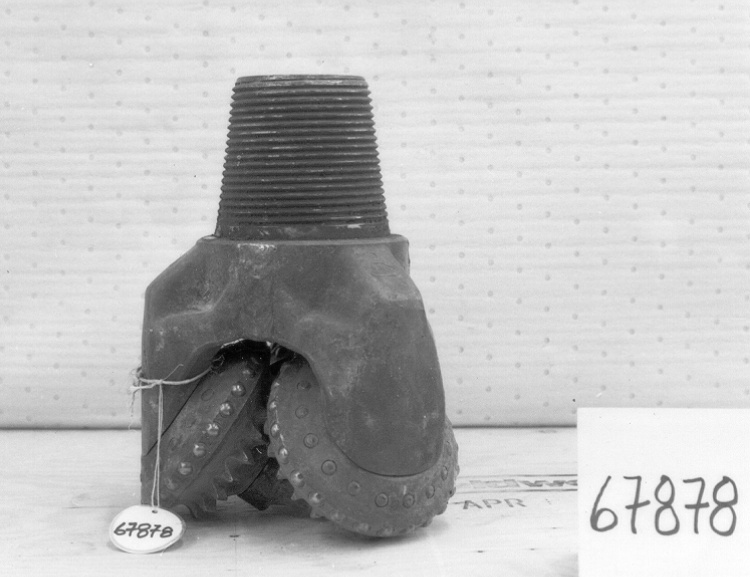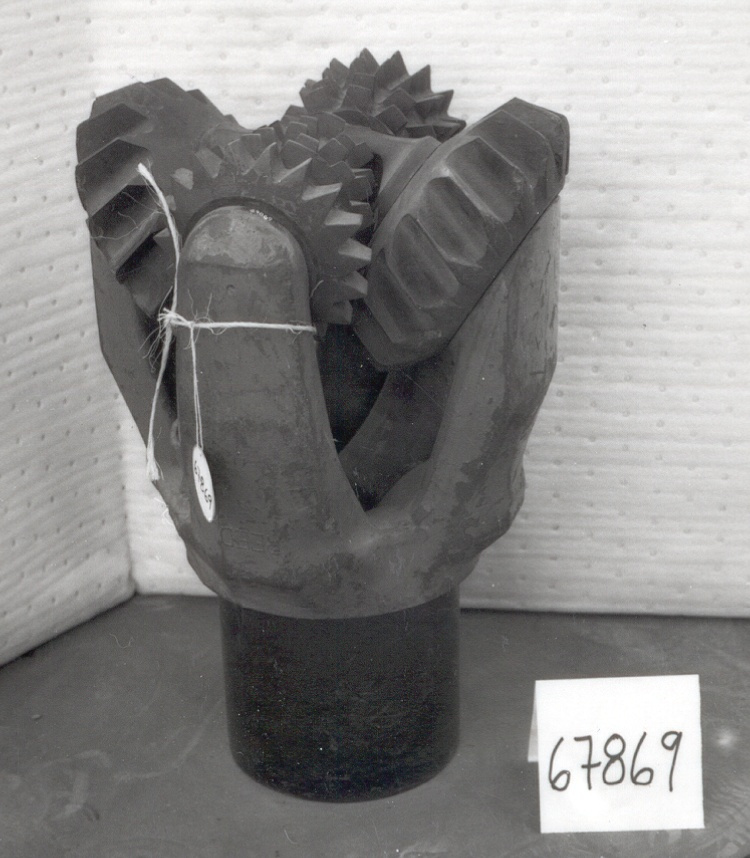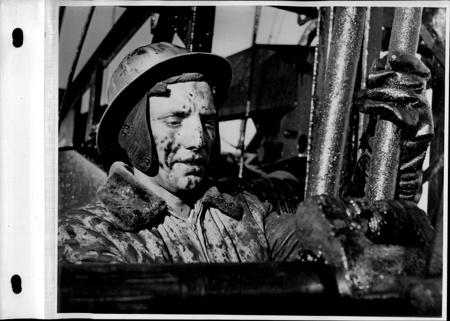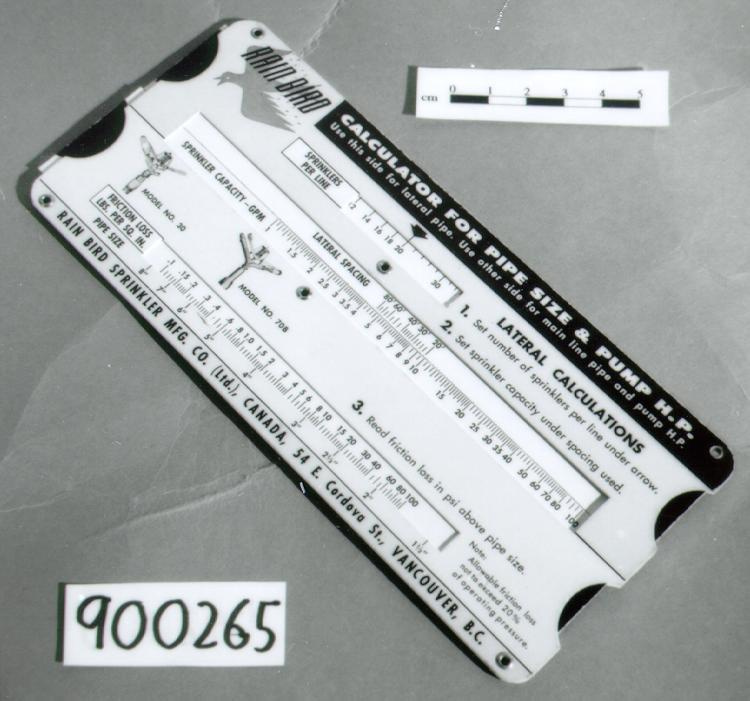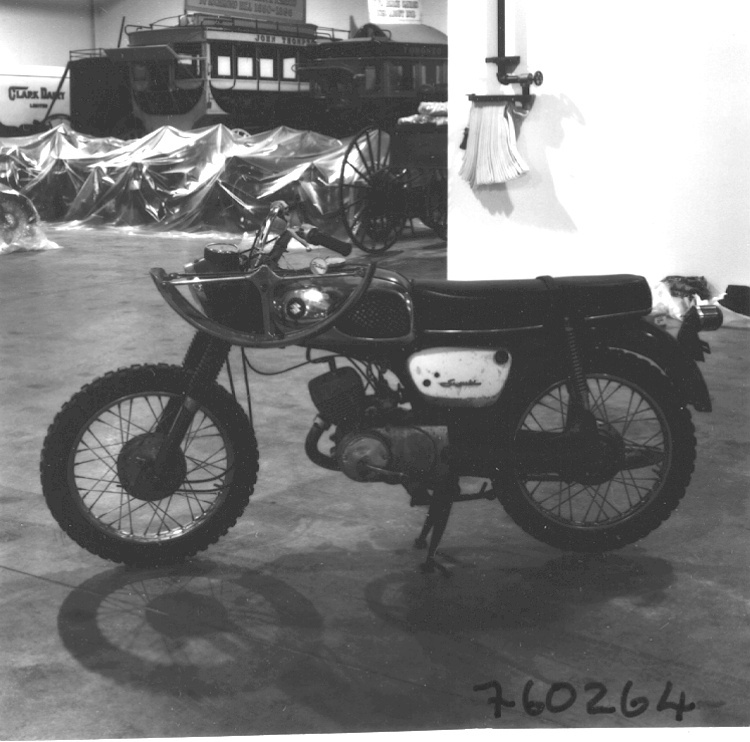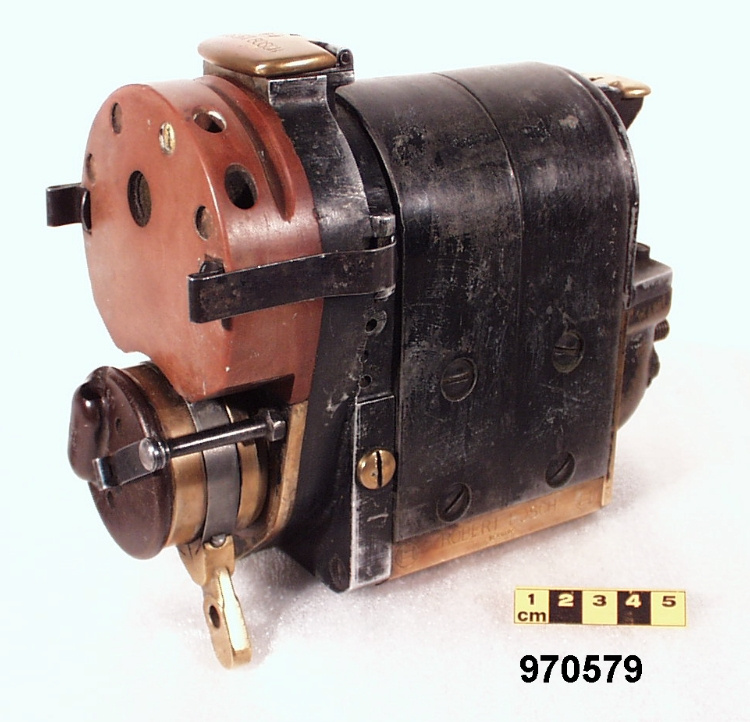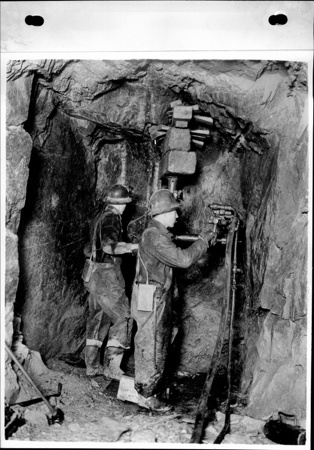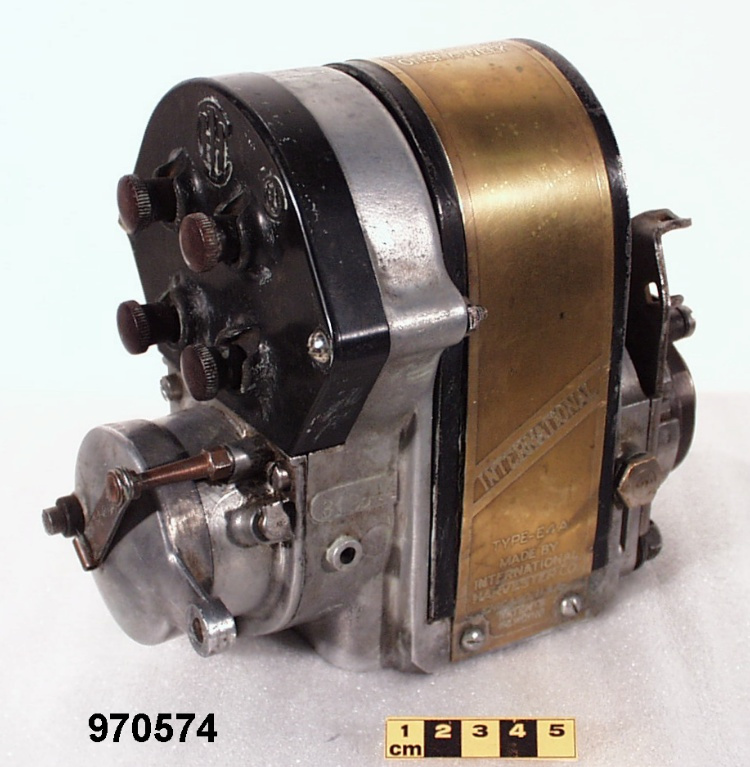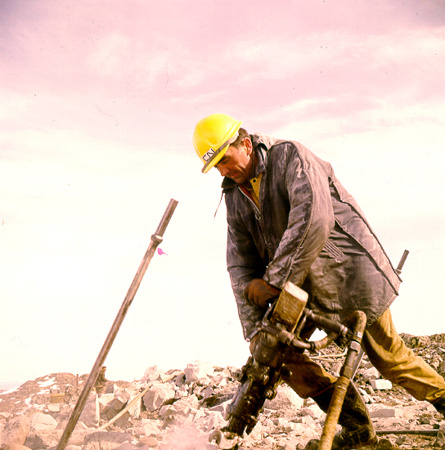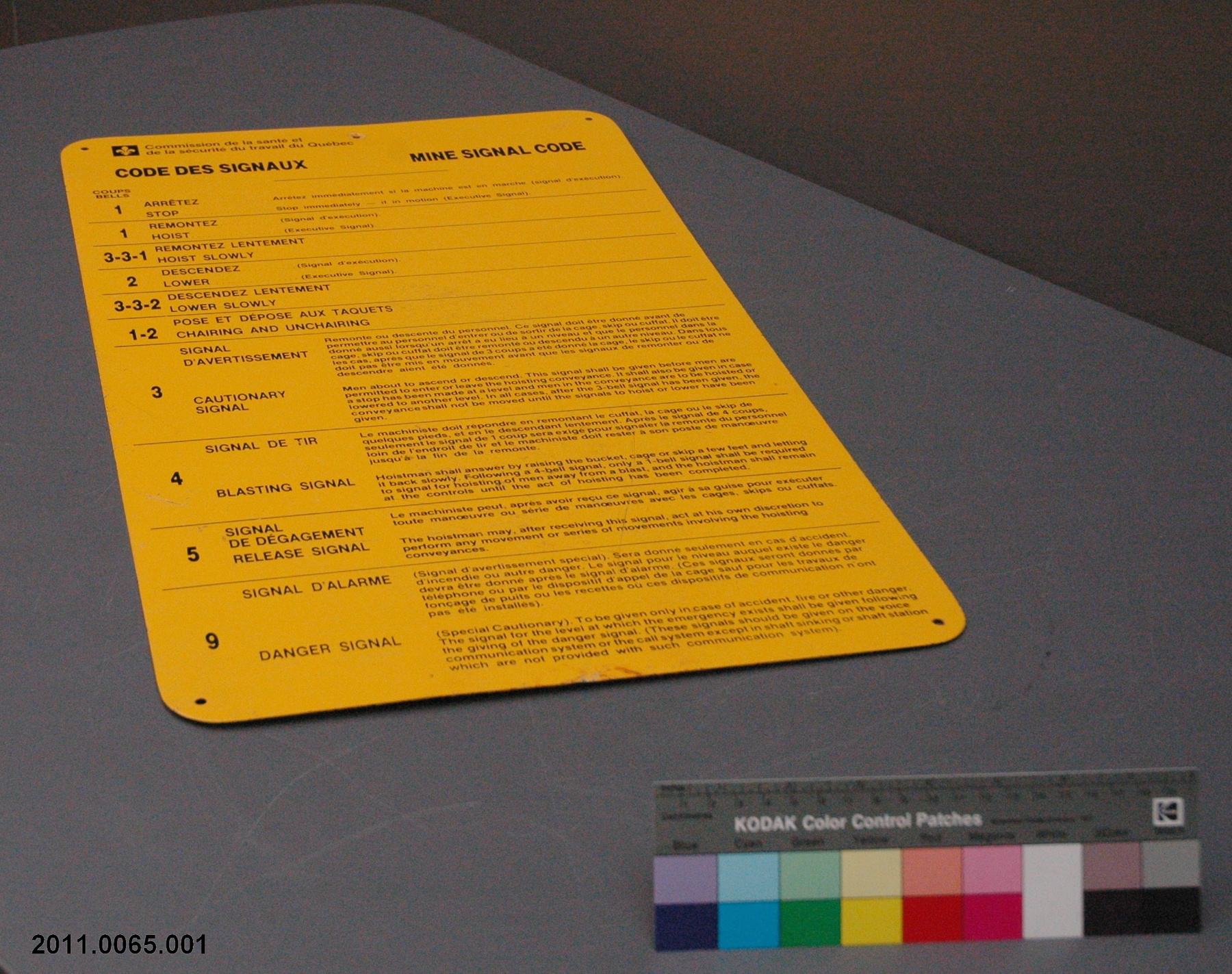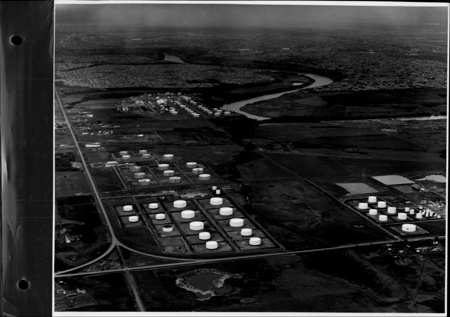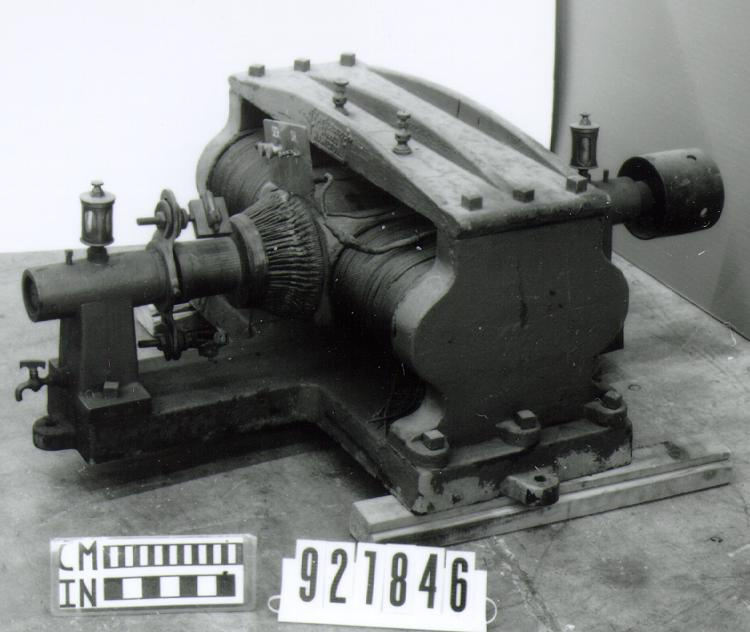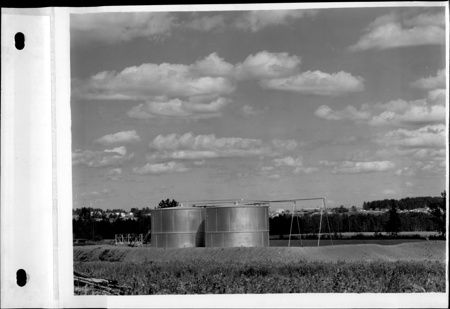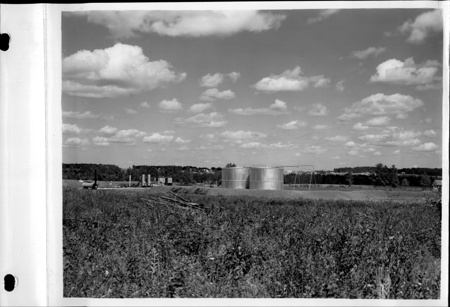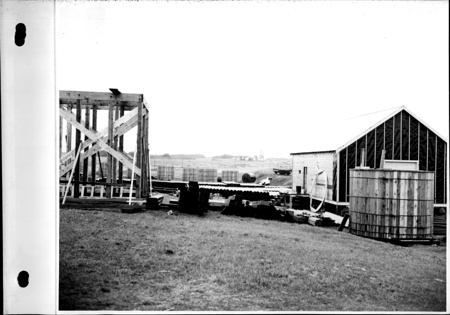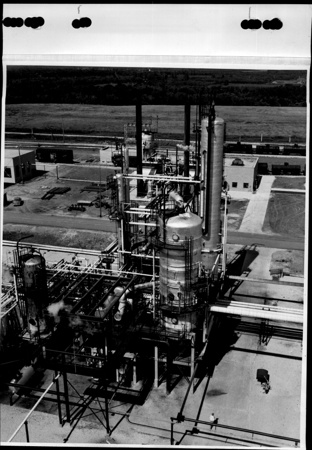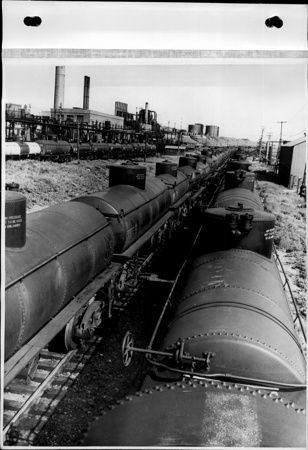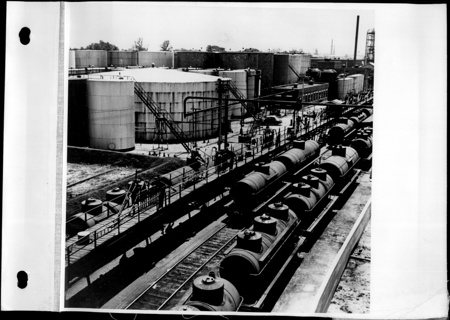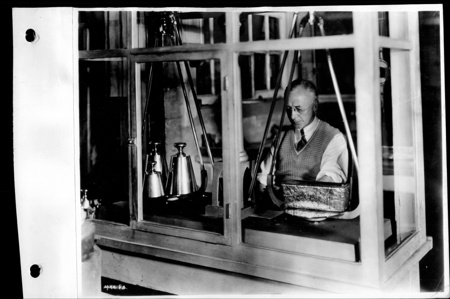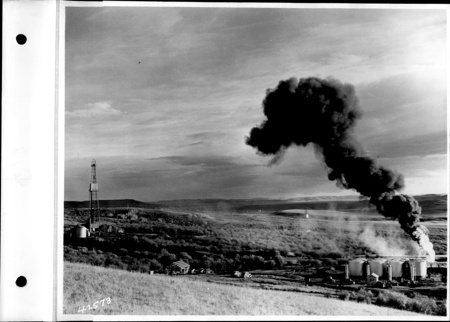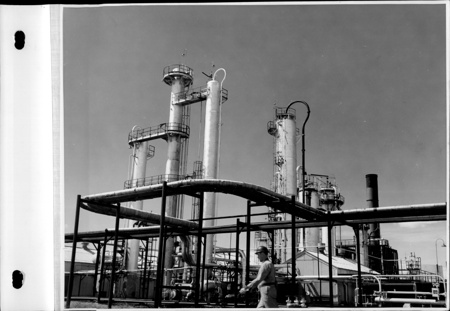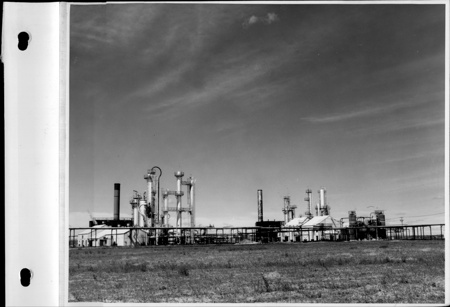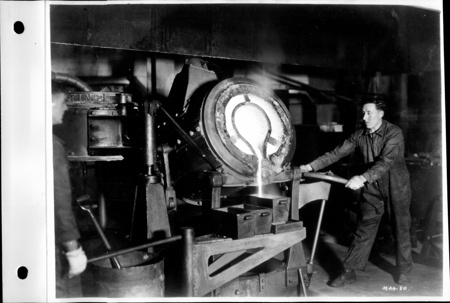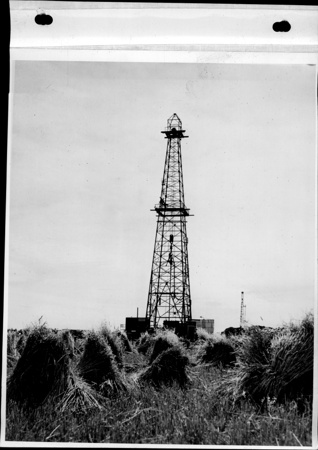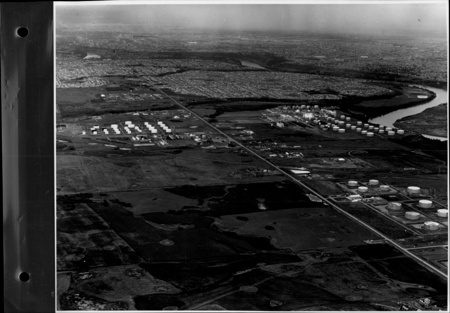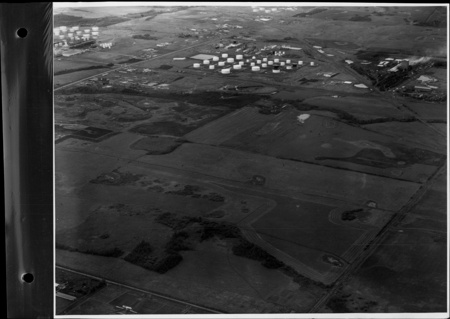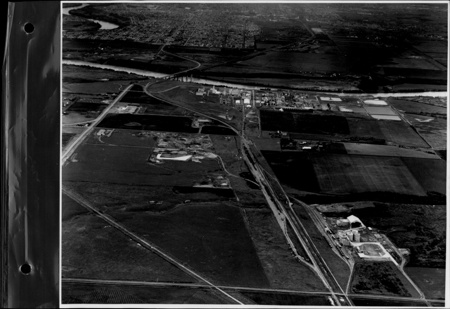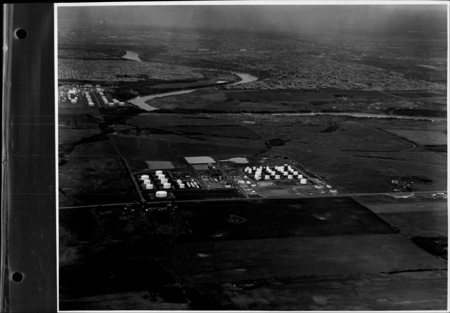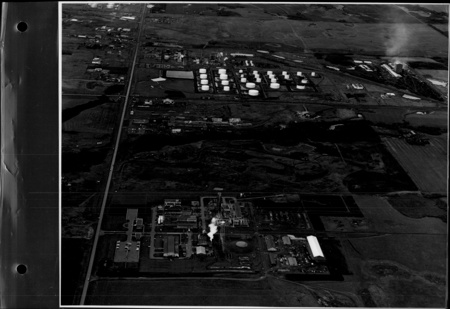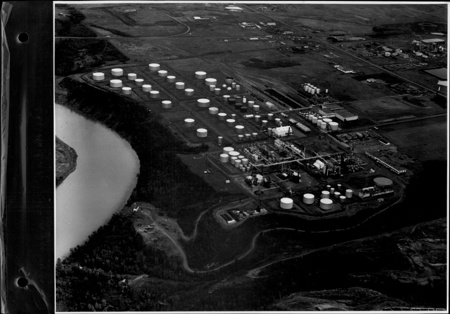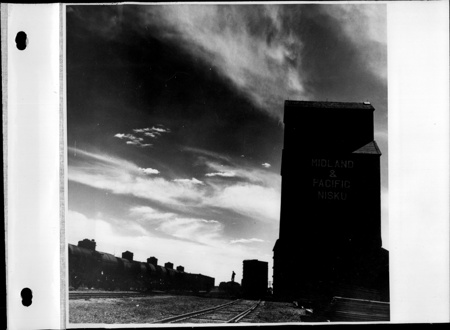Hook
Use this image
Can I reuse this image without permission? Yes
Object images on the Ingenium Collection’s portal have the following Creative Commons license:
Copyright Ingenium / CC BY-NC-ND (Attribution-NonCommercial 4.0 International (CC BY-NC 4.0)
ATTRIBUTE THIS IMAGE
Ingenium,
2011.0252.007
Permalink:
Ingenium is releasing this image under the Creative Commons licensing framework, and encourages downloading and reuse for non-commercial purposes. Please acknowledge Ingenium and cite the artifact number.
DOWNLOAD IMAGEPURCHASE THIS IMAGE
This image is free for non-commercial use.
For commercial use, please consult our Reproduction Fees and contact us to purchase the image.
- OBJECT TYPE
- C-hook
- DATE
- 1950–1959
- ARTIFACT NUMBER
- 2011.0252.007
- MANUFACTURER
- Fairbank & VanTuyl Hardware Store
- MODEL
- Unknown
- LOCATION
- Petrolia, Ontario, Canada
More Information
General Information
- Serial #
- N/A
- Part Number
- 7
- Total Parts
- 9
- AKA
- N/A
- Patents
- N/A
- General Description
- Probably iron. Entire piece is saturated with black oil.
Dimensions
Note: These reflect the general size for storage and are not necessarily representative of the object's true dimensions.
- Length
- 7.5 cm
- Width
- 4.5 cm
- Height
- 1.5 cm
- Thickness
- N/A
- Weight
- N/A
- Diameter
- N/A
- Volume
- N/A
Lexicon
- Group
- Mining and Metallurgy
- Category
- Petrochemical extraction
- Sub-Category
- N/A
Manufacturer
- AKA
- Fairbank VanTuyl
- Country
- Canada
- State/Province
- Ontario
- City
- Petrolia
Context
- Country
- Canada
- State/Province
- Ontario
- Period
- Component of oil pump used 1950s- 2011.
- Canada
-
Used at the Fairbank Oil field (est. 1861), from approx. 1950 to 2011. Fairbank property is site world’s first commercial well, and Canada’s first oil gusher. Pump made by Mr. Fairbank in his hardware store in Petrolia, Ont. The first in the world commercial exploitation and production of oil for industrial use took place in Lambton County, Ontario starting in the early 1850s in the town of Oil Springs, and in 1866 moving to Petrolia. Charles Nelson Tripp, a prospector from Schenectady, NY, purchased land in Oil Springs and Petrolia in the early 1850s and by 1852 started to produce asphalt from oil that seeped to the surface. His asphalt was of very high quality and even won a prize at the 1855 exhibition in Paris. However, the streets of Paris were not paved with Canadian asphalt, because without good roads and railway access, Tripp had no way of transporting his product out of the county. Tripp sold his interests to James Miller Williams, who in 1858 est. the first in the world commercial well of the depth of 4.3 meters. By the time, E.L. Drake had drilled his oil well in Pennsylvania in 1859, Williams was already extracting, refining and shipping oil from his field in Oil Springs. In 1874 the extraction and production of oil in Lambton County stabilized and some drillers found themselves out of work. Highly skilled, these drillers became a core of oil industry rapidly expanding around the world. "Foreign Drillers", trained in Lambton County brought knowledge acquired in Canada to the oil fields in 50 countries on all continents. In 1858, the Great Western Railway opened a station in Wyoming, Ont. Petroleum from Oil Springs and Petrolia was hauled to Wyoming and then transported by rail to Hamilton, opening market for Lambton oil. By 1866, 4,000 wells operated in Oil Springs. At the time, the drillers assumed that supplies of oil were infinite and only limited by the number of wells. In fact, the production in Oil Springs dropped in 1862 and by 1865 most activities moved to large reserves in nearby Petrolia. The oilmen of Lambton County adapted their extraction rates to ensure sustainable production for decades to come. In the late 1870s, the Lambton County also became a centre of refining. Threatened by strong American competition 16 Canadian refineries, including Petrolia refineries formed the Imperial Oil Company Ltd. in London, Ont. on Sept. 8, 1880. Oil Springs and Petrolia still produce oil. There are over 400 wells in Oil Springs and some 300 wells in Petrolia. [Ref. 1] - Function
-
Unknown - Technical
-
This is a simple, wooden oil pump that has been used at the Fairbank Oil field in Petrolia, Ontario since 1950s till 2011. The Fairbank system is an example of so called archaic industry. It is based on a 1863 jerker line designed by John Henry Fairbank. The technology of the pump has not changed since mid-1800s. The Fairbank system provides a striking contrast to operations of oil industries in other parts of Canada. The pump is an example of technology developed in 1863. It is a simple wooden pump with some steel and iron hardware made in a local shop in Petrolia. This pump comes with iron chains, some other pumps on the property are furnished with ropes. The pumps can easily last for 50 years. Ropes and chains have to be periodically replaced, but the material is inexpensive and recyclable. Pumps are powered by a jerker line system invented by John Henry Fairbank in 1863. The jerker line system is a combination of horizontal, wooden shafts, hanged on ropes, attached to a central power source, in this case a steam engine. Lines of wood, cable or metal rods suspended on wooden posts conduct power to pumps. The system is installed all across the Fairbank property. Wheels transfer the power to pumps located across the fields in different directions. Pumps located at wellhead convert the horizontal movement to vertical lift and in that way move subsurface pumps to recover the oil from wells. The jerker line has been pumping oil in Petrolia for almost a century and half and is still used today. It is sustainable, efficient and durable, with some parts dating to the 1920s. [Ref. 1] - Area Notes
-
Unknown
Details
- Markings
- None evident.
- Missing
- Said to be complete.
- Finish
- Probably iron. Entire piece is saturated with black oil.
- Decoration
- N/A
CITE THIS OBJECT
If you choose to share our information about this collection object, please cite:
Fairbank & VanTuyl Hardware Store, Hook, between 1950–1959, Artifact no. 2011.0252, Ingenium – Canada’s Museums of Science and Innovation, http://collections.ingeniumcanada.org/en/id/2011.0252.007/
FEEDBACK
Submit a question or comment about this artifact.
More Like This
